Cambridge Semitic Language and Cultures is a new book series in collaboration with the Faculty of Asian and Middle Eastern Studies at the University of Cambridge. This series includes philological and linguistic studies of Semitic languages, editions of Semitic texts, and studies of Semitic cultures. Titles in the series will cover all periods, traditions and methodological approaches to the field. The editorial board comprises Geoffrey Khan, Aaron Hornkohl, and Esther-Miriam Wagner.
This is the first Open Access book series in the field; it combines the high peer-review and editorial standards with the fair Open Access model offered by OBP. Open Access (that is, making texts free to read and reuse) helps spread research results and other educational materials to everyone everywhere, not just to those who can afford it or have access to well-endowed university libraries. Copyrights stay where they belong, with the authors. Authors are encouraged to secure funding to offset the publication costs and thereby sustain the publishing model, but if no institutional funding is available, authors are not charged for publication. Any grant secured covers the actual costs of publishing and is not taken as profit. In short: we support publishing that respects the authors and serves the public interest.
Editorial Board
- Geoffrey Khan (General Editor)
- Aaron Hornkohl (Associate Editor)
- Esther-Miriam Wagner (Associate Editor)
- Cambridge Semitic Languages and Cultures
- Linguistics
A Grammar of Jordanian Arabic
The present grammar is based on empirical data collected over more than three decades. It investigates the phonology and morphosyntax of Jordanian Arabic, with a focus on the traditional sedentary varieties of Central and Northern Jordan, locally known as Balgawi and Horani.
- Bruno Herin
- Enam Al-Wer
- Archaeology and Religion
- Cambridge Semitic Languages and Cultures
- Linguistics
Jerome’s Sources in His Translation of the Hebrew Bible
At the close of the fourth century CE, Jerome of Stridon—renowned Latin scholar, theologian, and priest—undertook the monumental task of translating the Hebrew-Aramaic Bible into Latin. The result of this effort, now known as the Vulgate, has long been regarded as a foundational text of Western Christianity. In this volume, Paul Rodrigue investigates the sources that Jerome may have drawn upon in the process of translation.
- Paul Rodrigue
- Cambridge Semitic Languages and Cultures
- Linguistics
- Material Culture
'Wisdom and Greatness in one Place': The Alexandrian Trader Moses ben Judah and his Circle
The manuscript collections of the Bodleian Library contain a corpus of dozens of documents from the archive of Moses ben Judah. A leader of the Jewish community in Alexandria, he was also a prominent businessman and in contact with individuals from Cairo to Sicily. This collection of documents at the Bodleian likely did not emerge from the Cairo Genizah, but from another depository, and appears to have been buried at some point.
- Dotan Arad
- Esther-Miriam Wagner
- Cambridge Semitic Languages and Cultures
- Linguistics
Reading: Performance and Materiality in Hebrew and Aramaic Traditions
This volume contains the proceedings the 'Reading: Performance and Materiality in Hebrew and Aramaic Traditions' colloquium, hosted at the University of Oxford in 2023, and jointly sponsored by the Oriel Centre for the Study of the Bible and the European Research Council project, 'TEXTEVOLVE.' The aim of the colloquium was to investigate Jewish approaches to the reading of texts, with a focus on reading practices that were applied to Hebrew and Aramaic texts in antiquity and the early Middle Ages.
- Hector M. Patmore
- Hindy Najman
- Stefan Schorch
- Jeroen Verrijssen
- Hanneke van der Schoor
- Asian Studies
- Cambridge Semitic Languages and Cultures
- Linguistics
- Literature
Interconnected Traditions: Semitic Languages, Literatures, Cultures—A Festschrift for Geoffrey Khan: Volume 1: Hebrew and the Wider Semitic World
Geoffrey Khan’s pioneering scholarship has transformed the study of Semitic languages, literatures, and cultures, leaving an indelible mark on fields ranging from Biblical Hebrew and Aramaic dialectology to medieval manuscript traditions and linguistic typology. This Festschrift, celebrating a distinguished career that culminated in his tenure (2012–2025) as Regius Professor of Hebrew in the Faculty of Asian and Middle Eastern Studies at the University of Cambridge, brings together contributions from a vast and representative array of scholars—retired, established, and up and coming—whose work has been influenced by his vast intellectual legacy.
- Aaron D. Hornkohl
- Nadia Vidro
- Janet C.E. Watson
- Eleanor Coghill
- Magdalen M. Connolly
- Benjamin M. Outhwaite
- Asian Studies
- Cambridge Semitic Languages and Cultures
- Linguistics
- Literature
Interconnected Traditions: Semitic Languages, Literatures, Cultures—A Festschrift for Geoffrey Khan: Volume 2: The Medieval World, Judaeo-Arabic, and Neo-Aramaic
Geoffrey Khan’s pioneering scholarship has transformed the study of Semitic languages, literatures, and cultures, leaving an indelible mark on fields ranging from Biblical Hebrew and Aramaic dialectology to medieval manuscript traditions and linguistic typology. This Festschrift, celebrating a distinguished career that culminated in his tenure (2012–2025) as Regius Professor of Hebrew in the Faculty of Asian and Middle Eastern Studies at the University of Cambridge, brings together contributions from a vast and representative array of scholars—retired, established, and up and coming—whose work has been influenced by his vast intellectual legacy.
- Aaron D. Hornkohl
- Nadia Vidro
- Janet C.E. Watson
- Eleanor Coghill
- Magdalen M. Connolly
- Benjamin M. Outhwaite
- Archaeology and Religion
- Cambridge Semitic Languages and Cultures
- Linguistics
Two Early Byzantine Bible Manuscripts in Christian Palestinian Aramaic: Codex Climaci Rescriptus II & XI
Despite the ubiquitous use of Greek by the Christian church of the late antique Southern Levant, many Christians in the region also—or only—spoke Aramaic. Today, this dialect, known as Christian Palestinian Aramaic (CPA), is relatively sparsely attested in the form of regional inscriptions and, particularly, in the form of vernacular translations of Greek biblical, liturgical and theological texts. These translations survive predominantly as undertexts within palimpsest manuscripts. Codex Climaci Rescriptus (CCR) is one of the most important palimpsest manuscript sources for the recovery of CPA texts.
- Kim Phillips
- Cambridge Semitic Languages and Cultures
- Literature
New Words to Old Tunes: Genres and Metrics of Lebanese Zajal Poetry
New Words to Old Tunes: Genres and Metrics of Lebanese Zajal Poetry introduces the rich tradition of Lebanese oral poetry, offering an in-depth study and analysis of its metrics and genres. It presents a novel framework for the proper scansion of meters and emphasises the previously overlooked roles of musical and poetic stress. It details nearly twenty zajal genres, including popular songs that use zajal metrics, and integrates musical notations and web-streamed audio links to enrich the reader’s experience.
- Adnan Haydar
- Asian Studies
- Cambridge Semitic Languages and Cultures
- History
- Literature
Harvesting the Sea in Southeastern Arabia: Volume 1: Regional Studies
Traditional livelihoods and the ecosystems that sustain them are dying out around the world. This book is a collection of research on the relationships between people, their environment, their expertise and their languages along the ecologically fragile coasts of the Arabian Peninsula. These studies are the outcome of many years of collaborative fieldwork with local communities in three main regions of southern and eastern Arabia: the Musandam Peninsula, Dhofar and al-Mahrah, and the island of Soqotra. Bringing together oral literature, traditional scientific knowledge, and marine subsistence at the peripheries of the Arabian seaboard, the volume makes a major contribution to the documentation of the indigenous Modern South Arabian languages (MSAL), regional Arabic, and the Kumzari language, as well as to a greater understanding of their speakers’ mastery in harvesting the seas.
- Janet C.E. Watson
- Miranda J. Morris
- Erik Anonby
- Archaeology and Religion
- Cambridge Semitic Languages and Cultures
The Samaritan Pentateuch: An English Translation with a Parallel Annotated Hebrew Text
This new translation into English seeks to introduce the reader to the character of the Samaritan version of the Pentateuch, while emphasising the fundamental differences between it and the Masoretic version. The translation is based on a grammatical analysis of each and every word in the text according to its oral pronunciation, informed by examination of the Samaritan translations into Aramaic and Arabic as well as other Samaritan and non-Samaritan sources.
- Moshe Florentin
- Abraham Tal
- Cambridge Semitic Languages and Cultures
- Linguistics
Arabic in Context: Essays on Language, Dialects, and Culture in Honour of Martin R. Zammit
This Festschrift, Arabic in Context, is a tribute to the remarkable scholarly legacy of the Reverend Professor Martin R. Zammit. It celebrates his extensive contributions to the fields of Semitic Studies, Arabic linguistics, and comparative Semitic philology.
- Anthony J. Frendo
- Kurstin Gatt
- Archaeology and Religion
- Cambridge Semitic Languages and Cultures
- Linguistics
Diachronic Diversity in Classical Biblical Hebrew
According to the standard periodisation of ancient Hebrew, the division of Biblical Hebrew as reflected in the Masoretic tradition is basically dichotomous: pre-exilic Classical Biblical Hebrew (CBH) versus post-Restoration Late Biblical Hebrew (LBH). Within this paradigm, the chronolectal unity of CBH is rarely questioned—this despite the reasonable expectation that the language of a corpus encompassing traditions of various ages and comprising works composed, edited, and transmitted over the course of centuries would show signs of diachronic development. From the perspective of historical evolution, CBH is remarkably homogenous. Within this apparent uniformity, however, there are indeed signs of historical development, sets of alternant features whose respective concentrations seem to divide CBH into two sub-chronolects. The most conspicuous typological division that emerges is between the CBH of the Pentateuch and that of the relevant Prophets and Writings. The present volume investigates a series of features that distinguish the two ostensible CBH sub-chronolects, weighs alternative explanations for distribution patterns that appear to have chronological significance, and considers broader implications for Hebrew diachrony and periodisation and for the composition of the Torah.
- Aaron D. Hornkohl
- Cambridge Semitic Languages and Cultures
- History
- Linguistics
Diversity across the Arabian Peninsula: Language, Culture, Nature
This edited volume brings together a diverse and rich set of contributions on the Arabian Peninsula. Ranging from history, field linguistics, and cultural studies these essays address the diversity of languages, ways of life, and natural environments that have marked the region throughout its history.
- Fabio Gasparini
- Kamala Russell
- Janet C.E. Watson
- Cambridge Semitic Languages and Cultures
- Linguistics
The Verb in Classical Hebrew: The Linguistic Reality behind the Consecutive Tenses
The consecutive tenses are fundamental in all descriptions of Classical Hebrew grammar. They are even basic to the textbooks on Biblical Hebrew. Being fundamental in the verbal system, and part of any beginner’s grammar, they pose a serious problem to a linguistic understanding of the verbal system, since grammars describe an alternation of ‘forms’ or ‘tenses’ in double pairs: wayyiqṭol alternates with its ‘equivalent’ qaṭal, and wə-qaṭal alternates with its ‘equivalent’ yiqṭol. This ‘enigma’ in the verbal system is handled in the book by recognising that the alternation of the consecutive tenses with other tenses, in the reality of the text, represents a linking of clauses. The ‘consecutive tenses’ are clause-types with a natural language connective wa- directly followed by a finite verbal morpheme, a type of clause that expressed continuity in the earliest stage of Semitic. The commonly held assumption that there is a special ‘consecutive waw’ is unwarranted. The use of the ‘consecutive’ clause-types in order to express discourse continuity indicates that Classical Hebrew has retained the old unmarked declarative word order of Semitic syntax. Seen in the light of recent research on the Tiberian reading tradition, the ‘consecutive’ wayyiqṭol can be analysed as a retention of the old Semitic past perfective *wa-yaqtul, which was pronounced wa-yiqṭol in Classical Hebrew. The ‘consecutive’ wə-qāṭal (pronounced wa-qaṭal in the classical language) constitutes the result of an internal Hebrew development into a construction (in the sense of Joan Bybee) already foreshadowed in the earliest Northwest Semitic languages. The book understands the ‘consecutive tenses’ as discourse continuity clauses, which typically form chains of main line clauses. Such chains can be interrupted by other types of clauses. This interruption is a clause linking that receives special attention in the interpretation of the Classical Hebrew verbal system. Chapter six presents a regenerated text linguistics founded on the new terminology.
- Bo Isaksson
- Cambridge Semitic Languages and Cultures
- Linguistics
An Annotated Corpus of Three Hundred Proverbs, Sayings, and Idioms in Eastern Jibbali/Śḥərɛ̄́t
This book explores the rich paremiological heritage of Jibbali/Śḥərɛ̄́t, an endangered pre-literate language belonging to the Modern South Arabian sub-branch of Semitic, spoken by an ever-decreasing number of people in the Dhofar governorate of the Sultanate of Oman.
- Giuliano Castagna
- Suhail al-Amri
- Archaeology and Religion
- Cambridge Semitic Languages and Cultures
- Law
Roles and Relations in Biblical Law: A Study of Participant Tracking, Semantic Roles, and Social Networks in Leviticus 17-26
Leviticus 17–26, an ancient law text known as the Holiness Code, prescribes how particular persons are to behave in concrete, everyday situations. The addressees of the law text must revere their parents, respect the elderly, fear God, take care of their fellow, provide for the sojourner, and so on. The sojourner has his own obligations, as do the priests. Even God is said to behave in various ways towards various persons. Thus, the law text forms an intricate web of persons and interactions.
- Christian Canu Højgaard
- Cambridge Semitic Languages and Cultures
- History
Arabic Documents from Medieval Nubia
This volume presents an edition of a corpus of Arabic documents data-ble to the 11th and 12th centuries AD that were discovered by the Egypt Exploration Society at the site of the Nubian fortress Qaṣr Ibrīm (situated in the south of modern Egypt).
- Geoffrey Khan
- Cambridge Semitic Languages and Cultures
- Linguistics
A Grammar of the Jewish Arabic Dialect of Gabes
This volume undertakes a linguistic exploration of the endangered Arabic dialect spoken by the Jews of Gabes, a coastal city situated in Southern Tunisia. Belonging to the category of sedentary North African dialects, this variety is now spoken by a dwindling number of native speakers, primarily in Israel and France. Given the imminent extinction faced by many modern varieties of Judaeo-Arabic, including Jewish Gabes, the study's primary goal is to document and describe its linguistic nuances while reliable speakers are still accessible. Data for this comprehensive study were collected during fieldwork in Israel and France between December 2018 and March 2022.
- Wiktor Gębski
- Cambridge Semitic Languages and Cultures
- History
- Literature
Synopses and Lists: Textual Practices in the Pre-Modern World
Textual practices in pre-modern societies cover a great range of representations, from the literary to the pictorial. Among the most intriguing are synopses and lists. While lists provide a complete enumeration of ideas, people, events, or terms, synopses juxtapose one against the other. To understand how they were planned, produced, and consumed, is to gain insight into the practices of what one can call management of knowledge in a time before our own.
- Teresa Bernheimer
- Ronny Vollandt
- Cambridge Semitic Languages and Cultures
- Linguistics
The Standard Language Ideology of the Hebrew and Arabic Grammarians of the ʿAbbasid Period
In the present book we survey six specific characteristics of a ‘standard language ideology’ that appear in both the writings of the Hebrew grammarians who wrote in Judeo-Arabic and the Arabic grammarians during the ʿAbbasid period. Such striking lines of linguistic-ideological similarity suggest that it may not have been only grammatical concepts or literary genres that the medieval Hebrew grammarians inherited from the Arabic grammatical tradition, but a way of thinking about language as well.
- Benjamin Paul Kantor
- Archaeology and Religion
- Cambridge Semitic Languages and Cultures
- Linguistics
Linguistic Theory and the Biblical Text
This volume is the result of the 2021 session of the Linguistics and the Biblical Text research group of the Institute for Biblical Research, which addresses the history, relevance, and prospects of broad theoretical linguistic frameworks in the field of biblical studies. Cognitive Linguistics, Functional Grammar, generative linguistics, historical linguistics, complexity theory, and computational analysis are each allotted a chapter, outlining the key theoretical commitments of each approach, their major concepts and/or methods, and their important contributions to contemporary study of the biblical text.
- William A. Ross
- Elizabeth Robar
- Archaeology and Religion
- Cambridge Semitic Languages and Cultures
- Linguistics
The Linguistic Classification of the Reading Traditions of Biblical Hebrew: A Phyla-and-Waves Model
In recent decades, the field of Biblical Hebrew philology and linguistics has been witness to a growing interest in the diverse traditions of Biblical Hebrew. Indeed, while there is a tendency for many students and scholars to conceive of Biblical Hebrew as equivalent with the Tiberian pointing of the Leningrad Codex as it appears in Biblia Hebraica Stuttgartensia (BHS), there are many other important reading traditions attested throughout history.
- Benjamin Paul Kantor
- Cambridge Semitic Languages and Cultures
- Linguistics
An Introduction to Andalusi Hebrew Metrics
Delgado presents his view of Andalusi Hebrew metrics, as encountered in medieval manuals of Arabic and Hebrew metrics and scattered notes in the works of Andalusi Hebrew philologists. Whilst twentieth-century scholars spoke about the adaptation of Arabic metrics to Hebrew, he instead approaches these compositions by Andalusi Jews (10th-13th c.) as Arabic metrics written in Hebrew, thus emphasising how Hebrew poetry of the Andalusi Jews can help us to understand the general evolution of Arabic strophic poetry, and its experimental evolution, which is quite unlike classical and strophic Arabic poetry.
- José Martínez Delgado
- Archaeology and Religion
- Cambridge Semitic Languages and Cultures
- Linguistics
- Literature
The Historical Depth of the Tiberian Reading Tradition of Biblical Hebrew
This volume explores an underappreciated feature of the standard Tiberian Masoretic tradition of Biblical Hebrew, namely its composite nature. Focusing on cases of dissonance between the tradition’s written (consonantal) and reading (vocalic) components, the study shows that the Tiberian spelling and pronunciation traditions, though related, interdependent, and largely in harmony, at numerous points reflect distinct oral realisations of the biblical text.
- Aaron D. Hornkohl
- Archaeology and Religion
- Cambridge Semitic Languages and Cultures
- Linguistics
The Bible in the Bowls: A Catalogue of Biblical Quotations in Published Jewish Babylonian Aramaic Magic Bowls
The Bible in the Bowls represents a complete catalogue of Hebrew Bible quotations found in the published corpus of Jewish Babylonian Aramaic magic bowls. As our only direct epigraphic witnesses to the Hebrew Bible from late antique Babylonia, the bowls are uniquely placed to contribute to research on the (oral) transmission of the biblical text in late antiquity; the pre-Masoretic Babylonian vocalisation tradition; the formation of the liturgy and the early development of the Jewish prayer book; the social locations of biblical knowledge in late antique Babylonia and socio-religious typologies of the bowls; and the dynamics of scriptural citation in ancient Jewish magic.
- Daniel James Waller
- Archaeology and Religion
- Cambridge Semitic Languages and Cultures
- Linguistics
Studies in the Masoretic Tradition of the Hebrew Bible
This volume brings together papers on topics relating to the transmission of the Hebrew Bible from Late Antiquity to the Early Modern period. We refer to this broadly in the title of the volume as the ‘Masoretic Tradition’. The papers are innovative studies of a range of aspects of this Masoretic tradition at various periods, many of them presenting hitherto unstudied primary sources.
- Daniel J. Crowther
- Aaron D. Hornkohl
- Geoffrey Khan
- Cambridge Semitic Languages and Cultures
- Linguistics
- Literature
Diachronic Variation in the Omani Arabic Vernacular of the Al-ʿAwābī District: From Carl Reinhardt (1894) to the Present Day
In this monograph, Roberta Morano re-examines one of the foundational works of the Omani Arabic dialectology field, Carl Reinhardt’s Ein arabischer Dialekt gesprochen in ‘Oman und Zanzibar (1894). This German-authored work was prolific in shaping our knowledge of Omani Arabic during the twentieth century, until the 1980s when more recent linguistic studies on the Arabic varieties spoken in Oman began to appear.
- Roberta Morano
- Cambridge Semitic Languages and Cultures
- Literature
Sefer ha-Pardes by Jedaiah ha-Penini: A Critical Edition with English Translation
This groundbreaking new work is the first full critical edition and English translation of the Hebrew book *Sefer ha-Pardes* [The Book of the Orchard], written at the end of the thirteenth century by the Provençal Jewish author Jedaiah ha-Penini.
- David Torollo
- Cambridge Semitic Languages and Cultures
- Folklore and Ethnology
- Linguistics
- Literature
Neo-Aramaic and Kurdish Folklore from Northern Iraq: A Comparative Anthology with a Sample of Glossed Texts, Volume 1
This comparative anthology showcases the rich and mutually intertwined folklore of three ethno-religious communities from northern Iraq: Aramaic-speaking (‘Syriac’) Christians, Kurdish Muslims and—to a lesser extent—Aramaic-speaking Jews.
- Geoffrey Khan
- Masoud Mohammadirad
- Dorota Molin
- Paul M. Noorlander
- Cambridge Semitic Languages and Cultures
- Folklore and Ethnology
- Linguistics
- Literature
Neo-Aramaic and Kurdish Folklore from Northern Iraq: A Comparative Anthology with a Sample of Glossed Texts, Volume 2
This comparative anthology showcases the rich and mutually intertwined folklore of three ethno-religious communities from northern Iraq: Aramaic-speaking (‘Syriac’) Christians, Kurdish Muslims and—to a lesser extent—Aramaic-speaking Jews.
- Geoffrey Khan
- Masoud Mohammadirad
- Dorota Molin
- Paul M. Noorlander
- Cambridge Semitic Languages and Cultures
- Folklore and Ethnology
- Linguistics
The Neo-Aramaic Oral Heritage of the Jews of Zakho
Aloni focuses on three genres of the Zakho community’s oral heritage: the proverb, the enriched biblical narrative and the folktale.
- Oz Aloni
- Cambridge Semitic Languages and Cultures
- Linguistics
Points of Contact: The Shared Intellectual History of Vocalisation in Syriac, Arabic, and Hebrew
This book investigates the theories behind Semitic vocalisation and vowel phonology in the early medieval Middle East, tracing their evolution to identify points of intellectual contact between Syriac, Arabic, and Hebrew linguists before the twelfth century.
- Nick Posegay
- Cambridge Semitic Languages and Cultures
- Linguistics
A Handbook and Reader of Ottoman Arabic
This volume is the first linguistic work to focus exclusively on varieties of Christian, Jewish and Muslim Arabic in the Ottoman Empire of the 15th to the 20th centuries, and present Ottoman Arabic material in a didactic and easily accessible way.
- Esther-Miriam Wagner
- Archaeology and Religion
- Cambridge Semitic Languages and Cultures
- History
Diversity and Rabbinization: Jewish Texts and Societies between 400 and 1000 CE
This volume is dedicated to the cultural and religious diversity in Jewish communities from Late Antiquity to the Early Middle Age and the growing influence of the rabbis within these communities during the same period.
- Gavin McDowell
- Ron Naiweld
- Daniel Stökl Ben Ezra
- Archaeology and Religion
- Cambridge Semitic Languages and Cultures
- Linguistics
New Perspectives in Biblical and Rabbinic Hebrew
This volume contains peer-reviewed papers in the fields of Biblical and Rabbinic Hebrew that advance the field by the philological investigation of primary sources and the application of cutting-edge linguistic theory. These include contributions by established scholars and by students and early career researchers.
- Aaron D. Hornkohl
- Geoffrey Khan
- Cambridge Semitic Languages and Cultures
- Literature
The Marvels Found in the Great Cities and in the Seas and on the Islands: A Representative of ‘Aǧā’ib Literature in Syriac
This volume presents the original text, accompanied by an English translation and commentary, of a hitherto unpublished Syriac composition, entitled the Marvels Found in the Great Cities and in the Seas and on the Islands.
- Sergey Minov
- Cambridge Semitic Languages and Cultures
- Linguistics
Studies in the Grammar and Lexicon of Neo-Aramaic
The papers in this volume represent the full range of research that is currently being carried out on Neo-Aramaic dialects. They advance the field in numerous ways. In order to allow linguists who are not specialists in Neo-Aramaic to benefit from the papers, the examples are fully glossed.
- Geoffrey Khan
- Paul M. Noorlander
- Cambridge Semitic Languages and Cultures
- Material Culture
Jewish-Muslim Intellectual History Entangled: Textual Materials from the Firkovitch Collection, Saint Petersburg
This timely volume presents, for the first time, edited fragments of six texts by adherents of the Muʿtazila, a school of rational theology that emerged in the eighth century CE, including Karaite copies and recensions of works by Muslim authors, notably ʿAbd al-Jabbār al-Hamadhānī and ʿAbd Allāh b. Saʿīd al-Labbād, as well as original Jewish Muʿtazilī treatises. The collection is concluded by an anonymous Rabbanite refutation of the highly influential polemical tract against Judaism, entitled Ifḥām al-yāhūd.
- Adang Camilla
- Bruno Chiesa
- Omar Hamdan
- Wilferd Madelung
- Sabine Schmidtke
- Jan Thiele
- Cambridge Semitic Languages and Cultures
- Linguistics
Studies in Semitic Vocalisation and Reading Traditions
This volume brings together papers relating to the pronunciation of Semitic languages and the representation of their pronunciation in written form. The papers focus on sources representative of a period that stretches from late antiquity until the Middle Ages. A large proportion of them concern reading traditions of Biblical Hebrew, especially the vocalisation notation systems used to represent them. Also discussed are orthography and the written representation of prosody.
- Aaron D. Hornkohl
- Geoffrey Khan

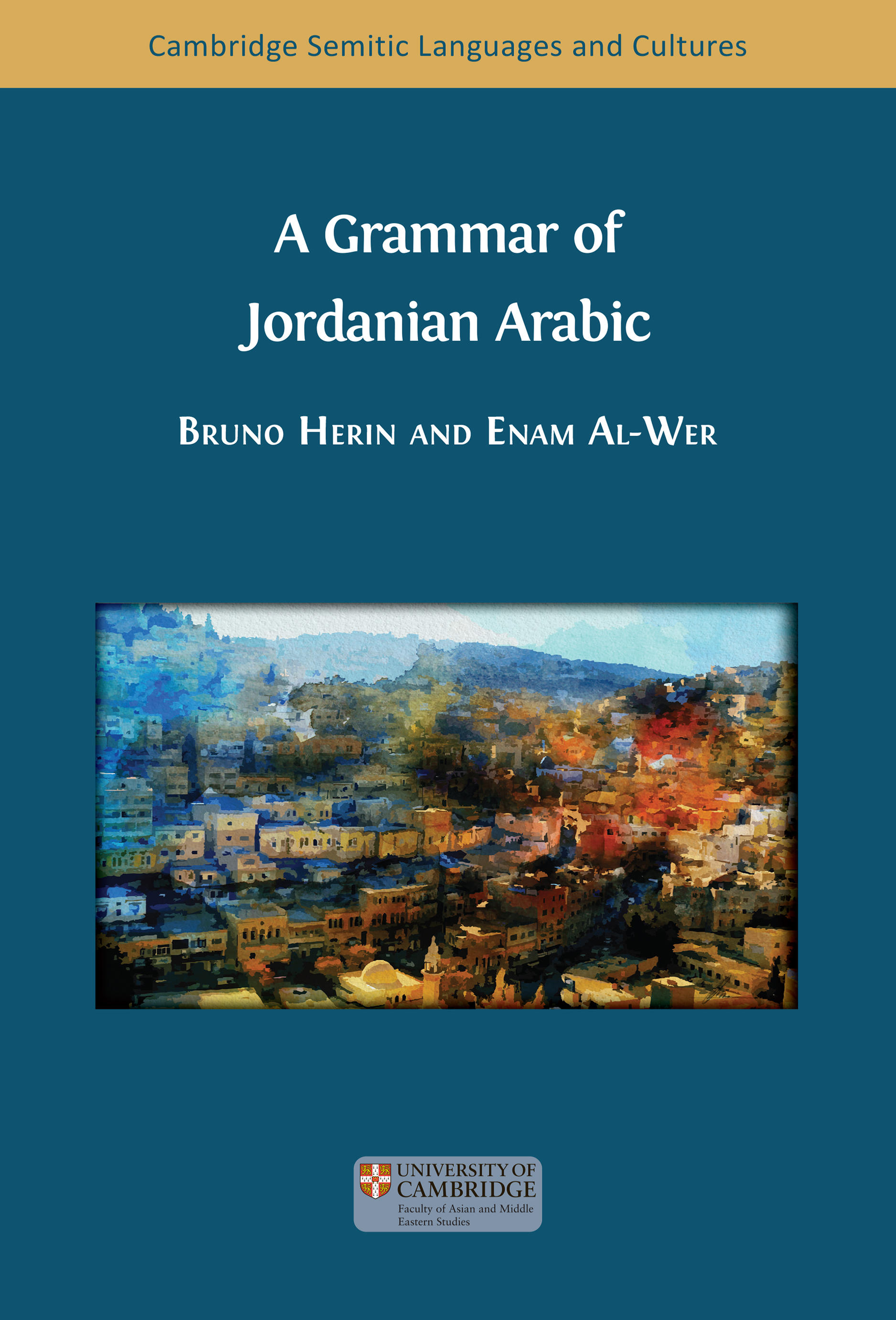
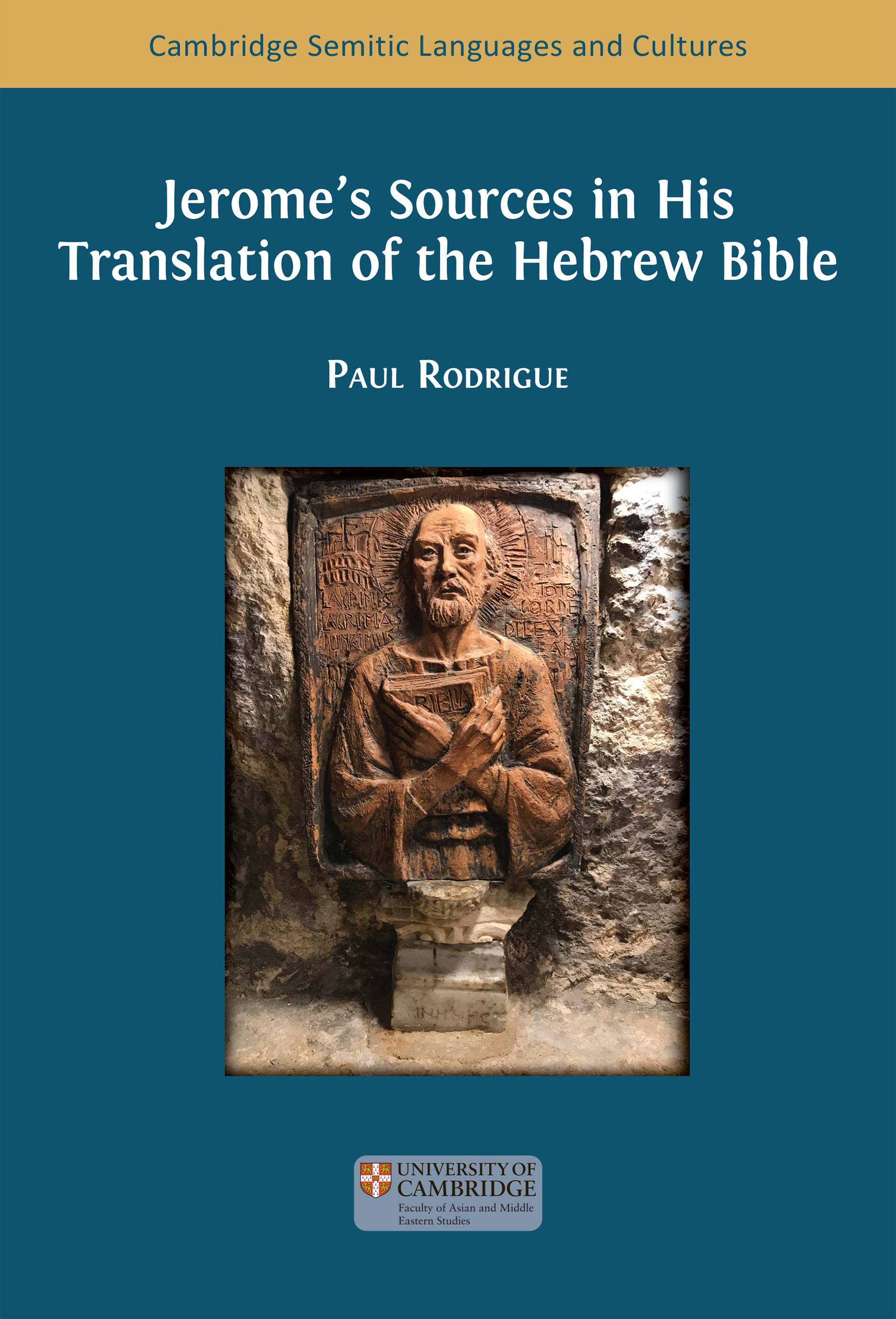
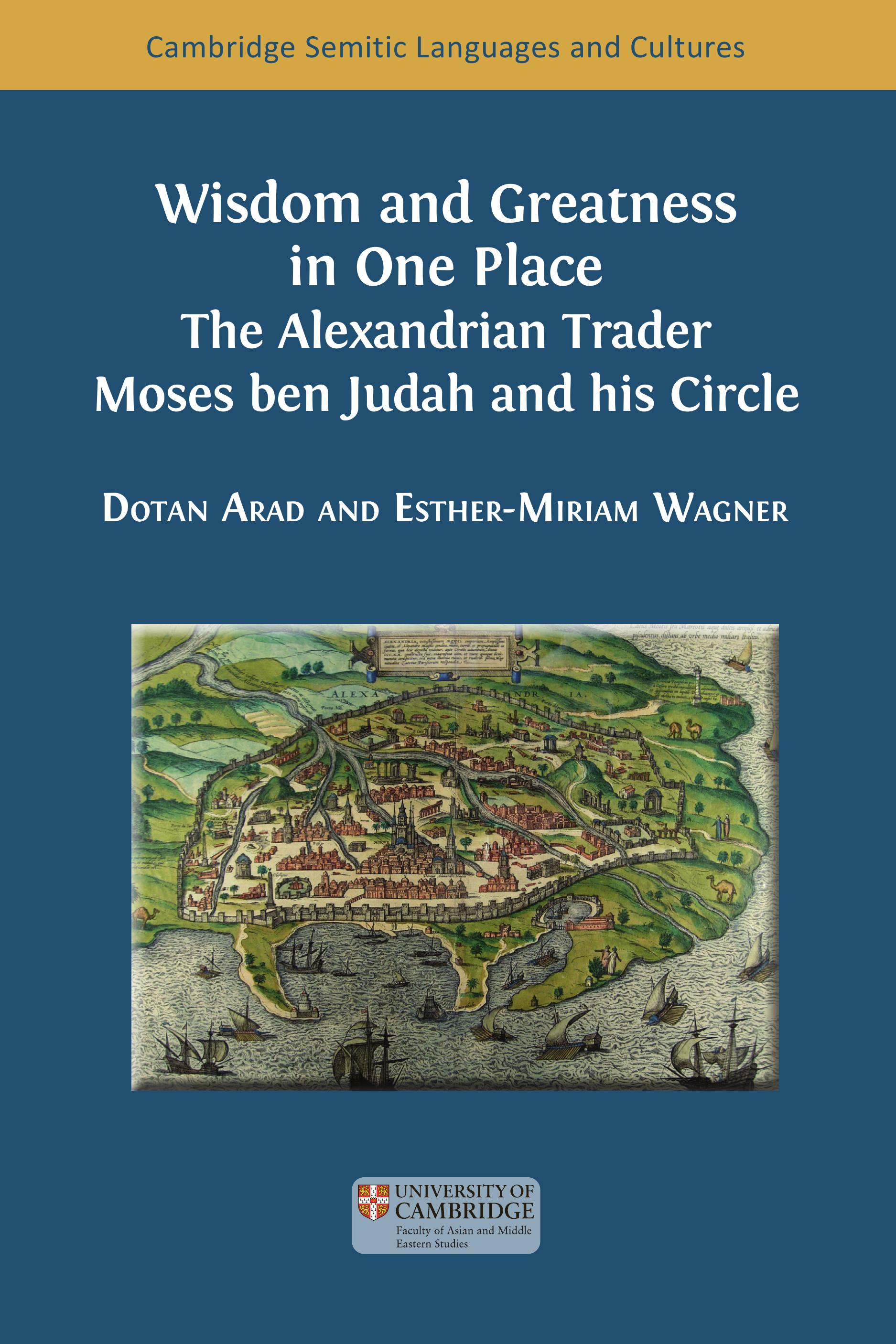
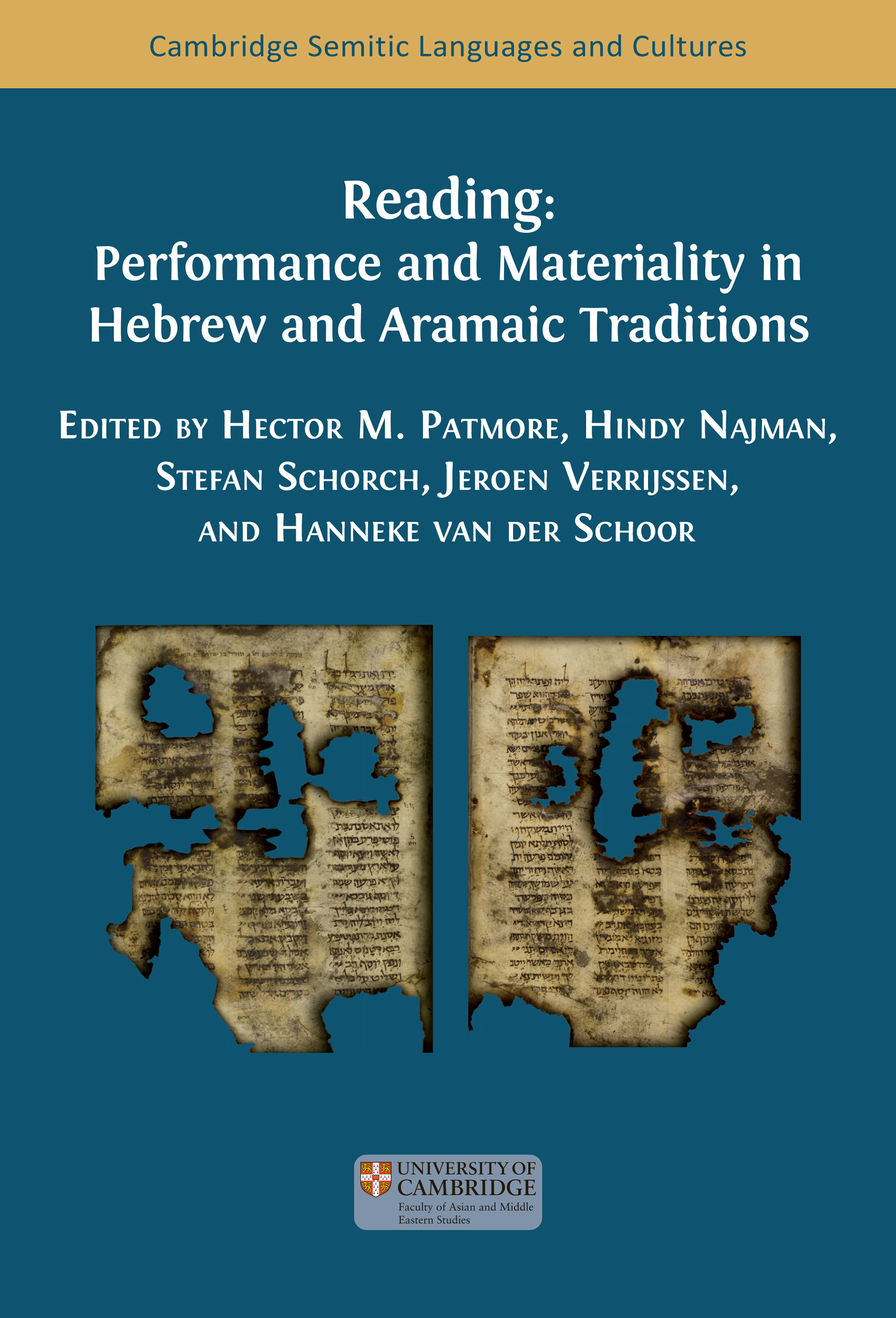
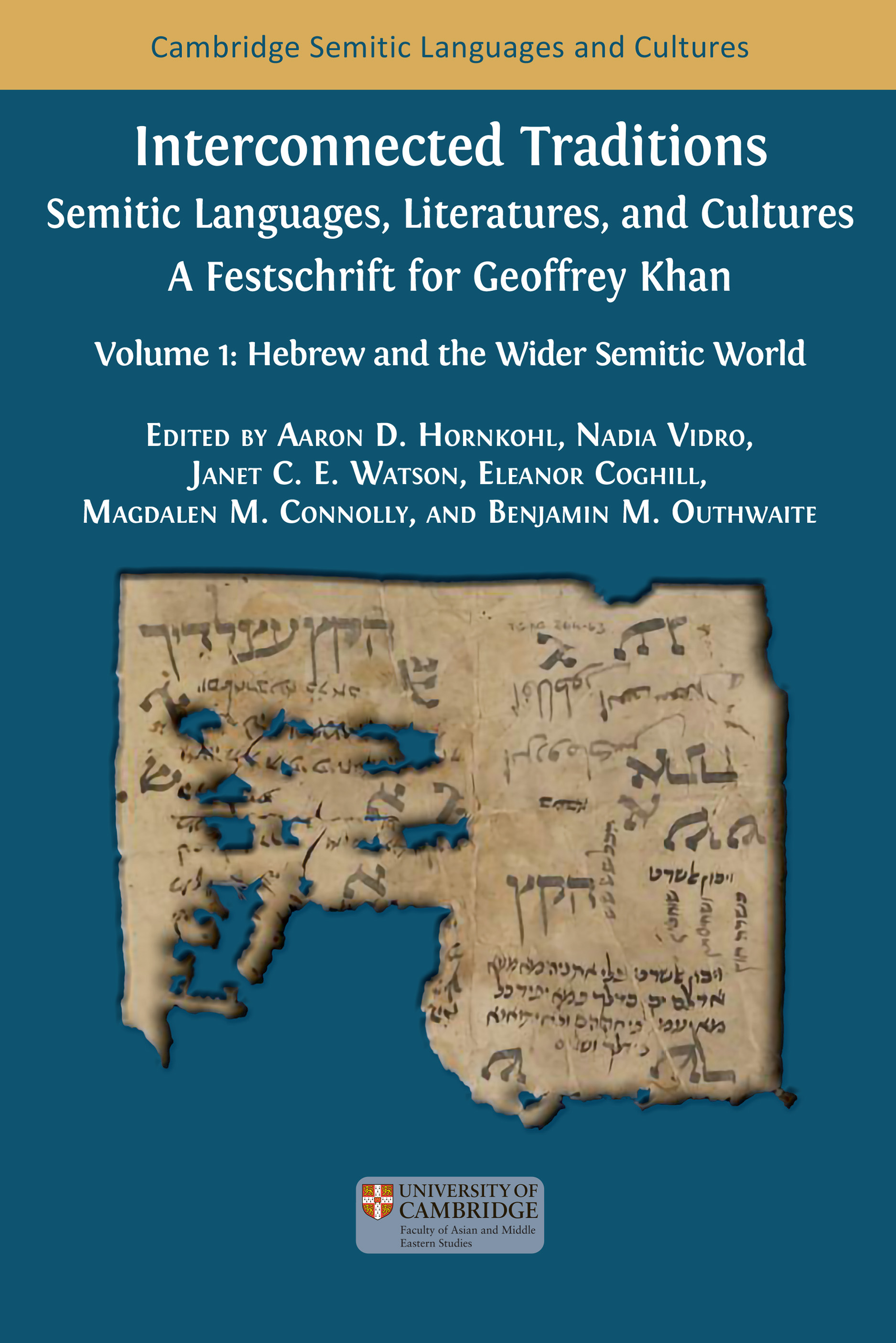

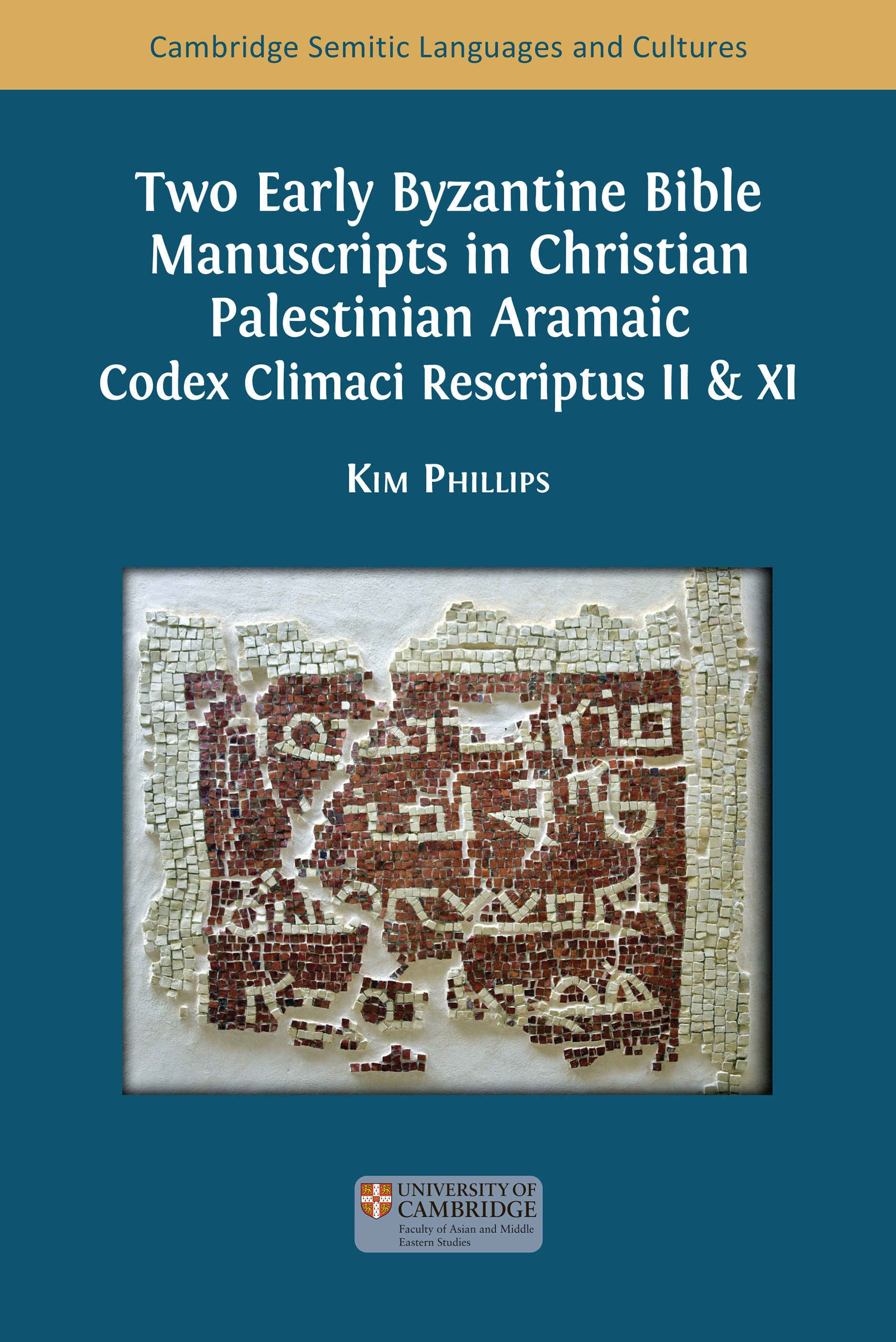

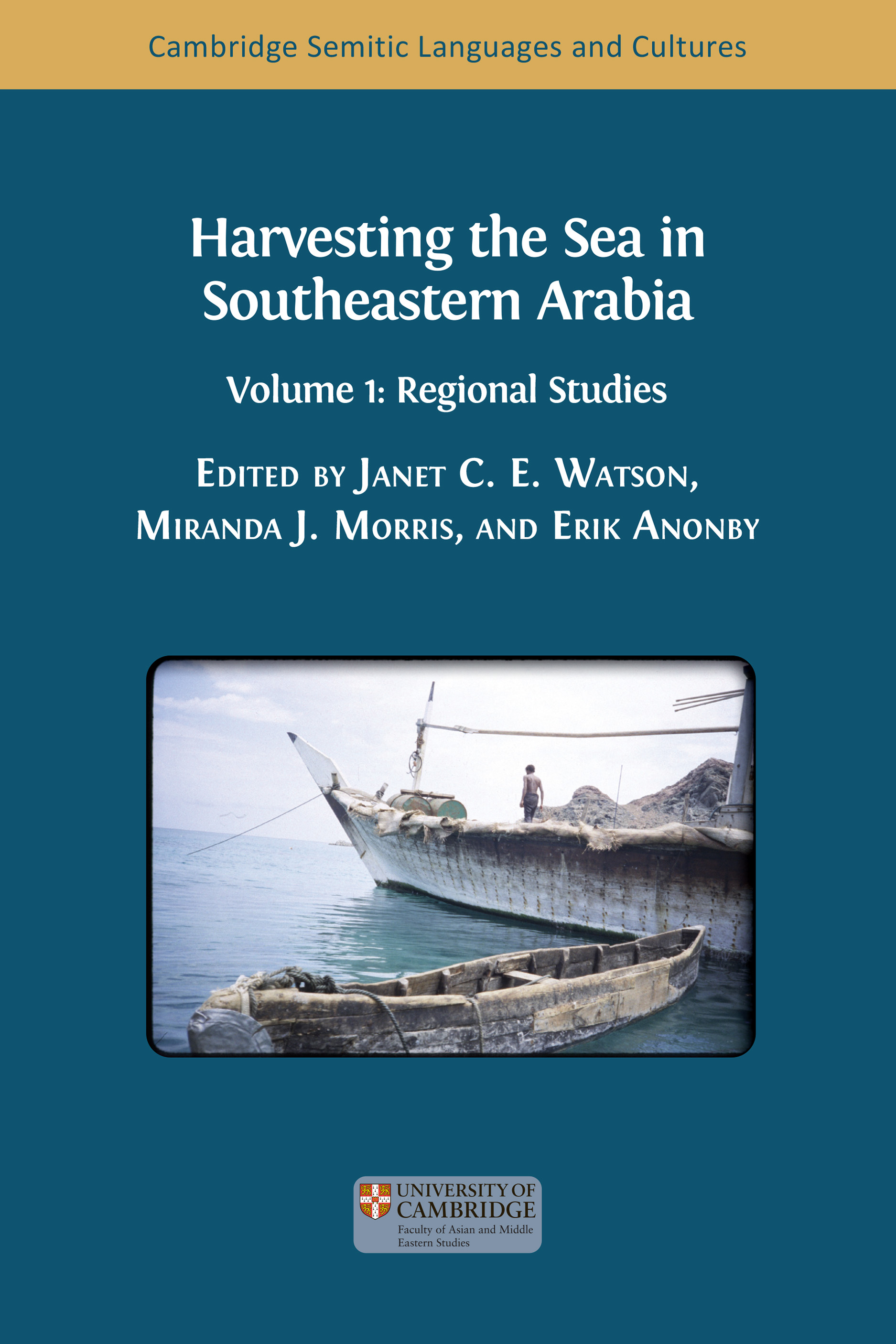



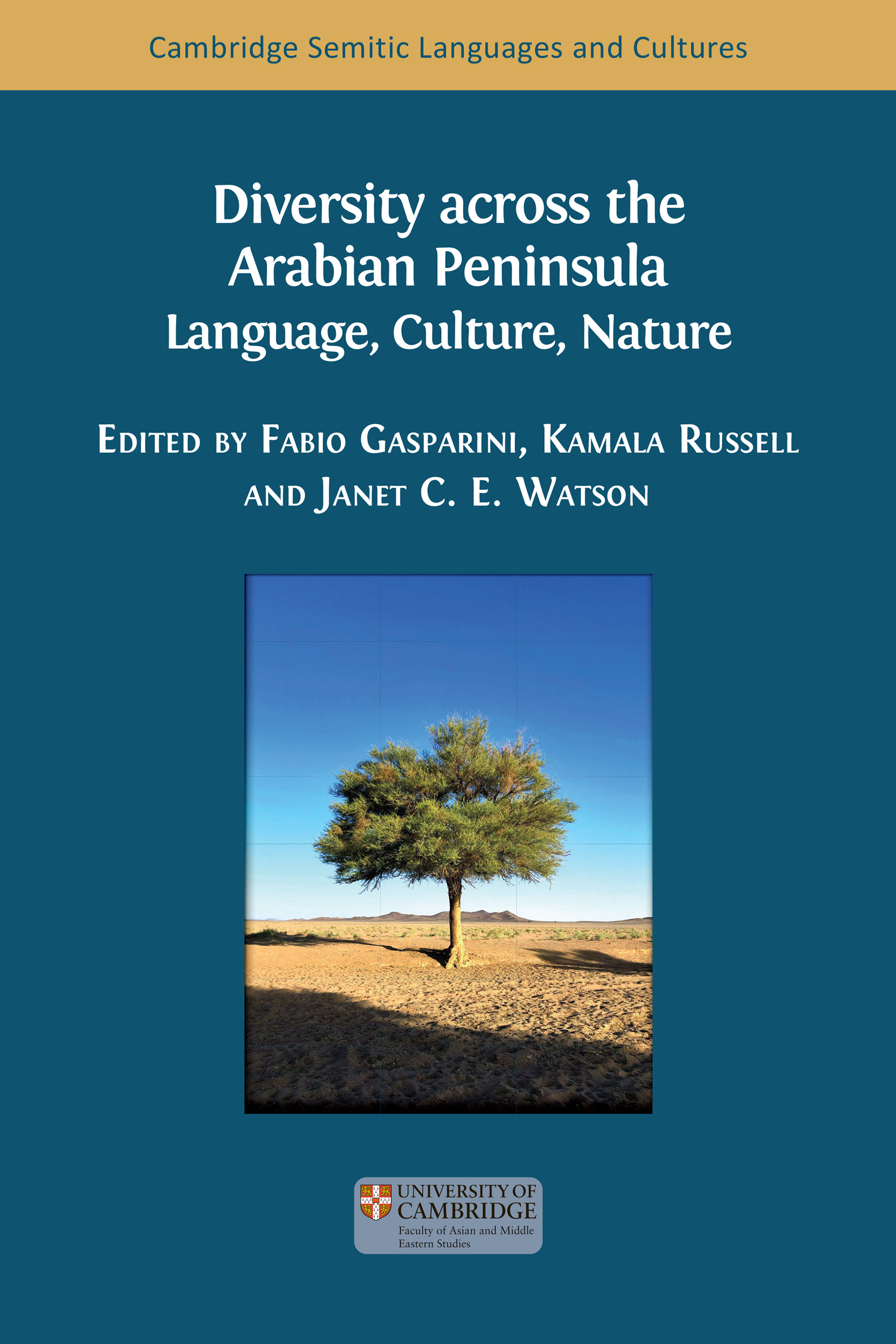
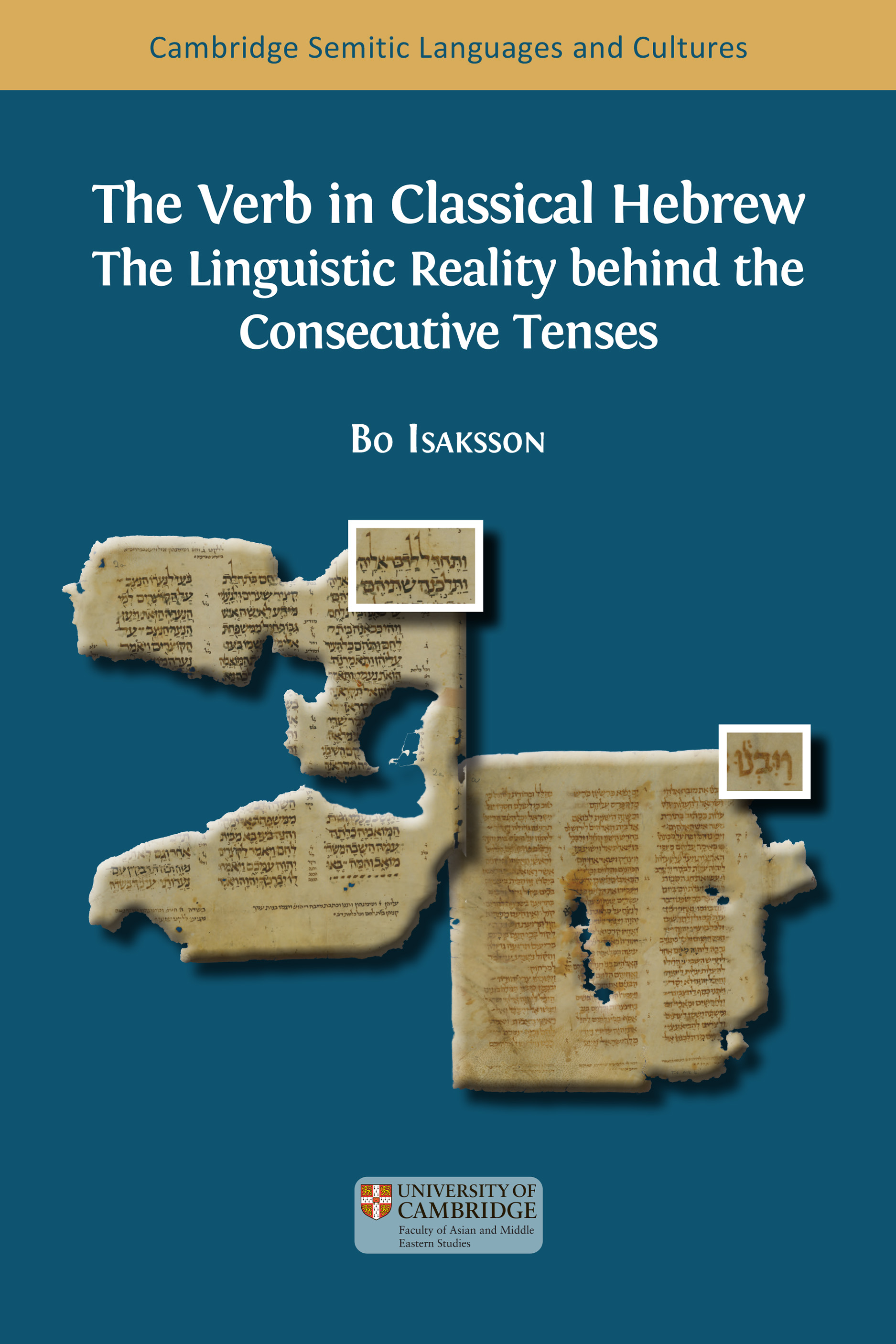
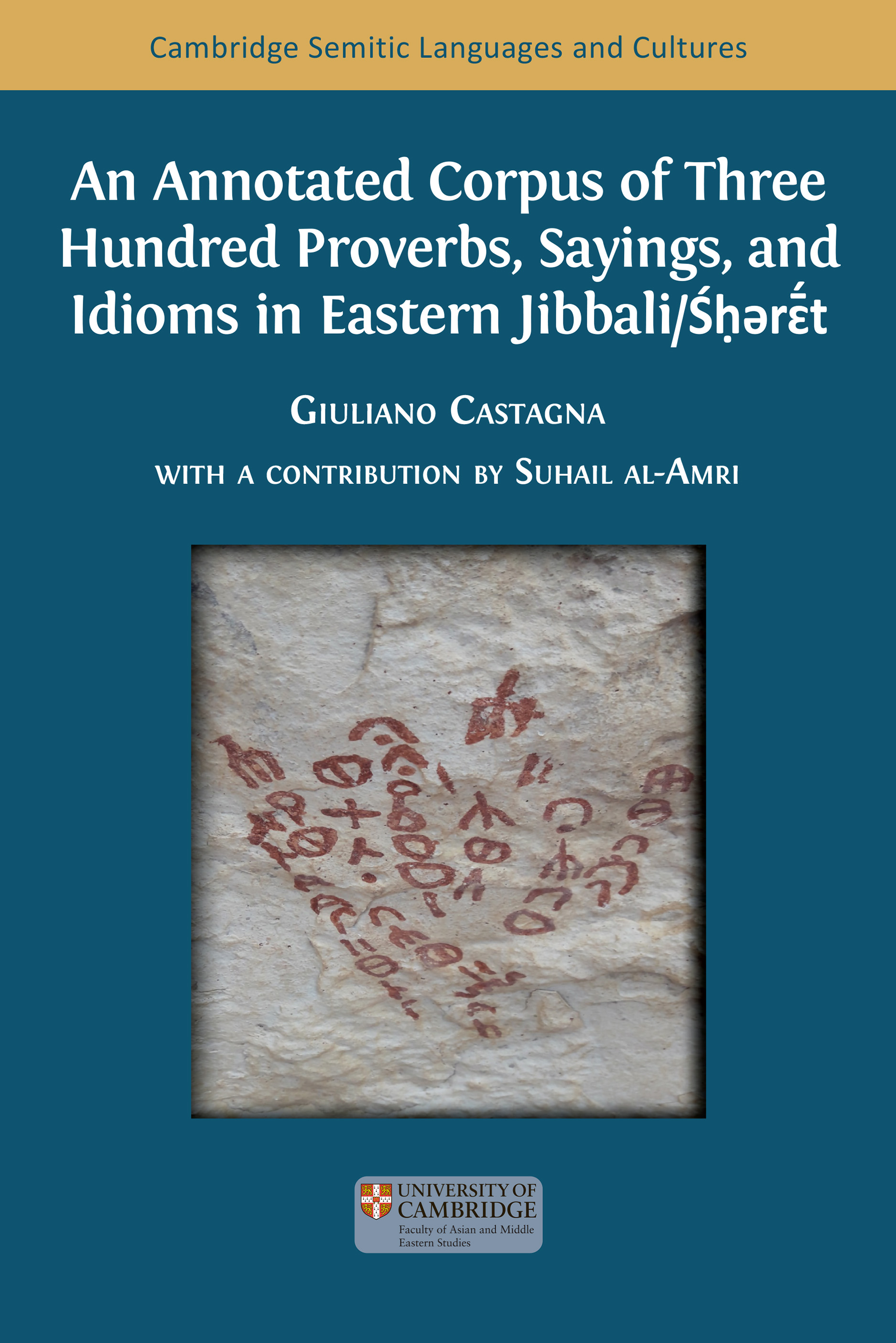
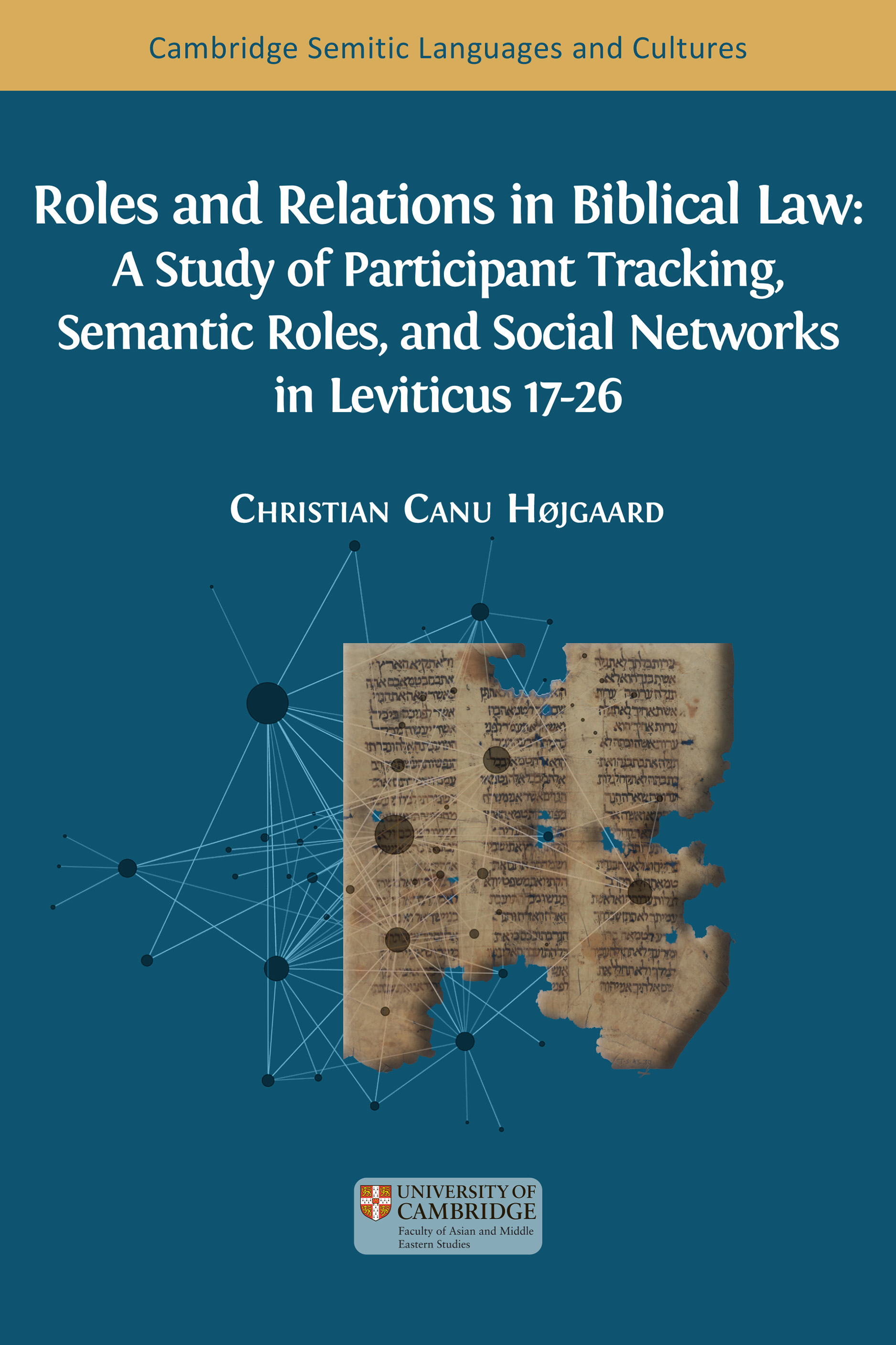
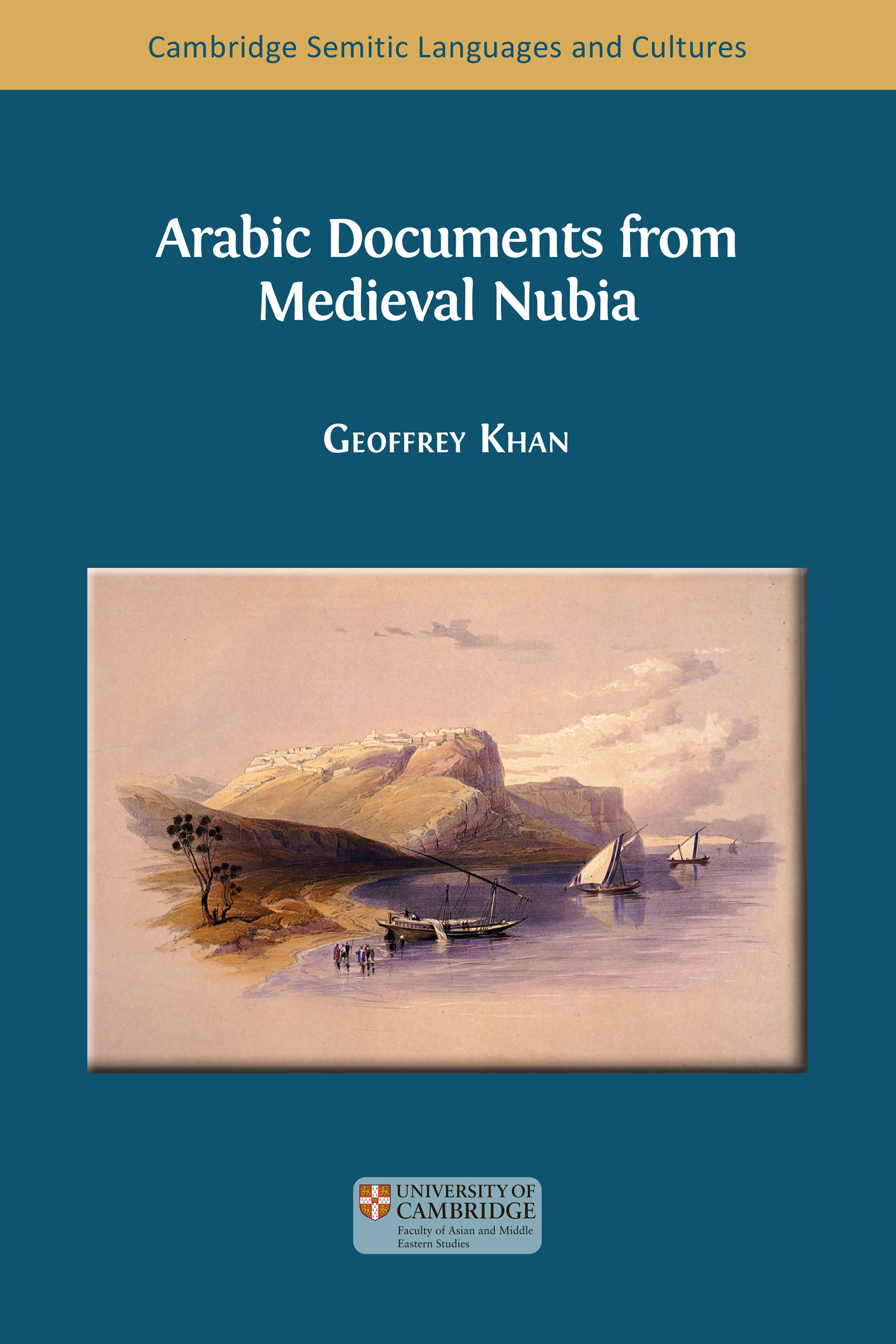


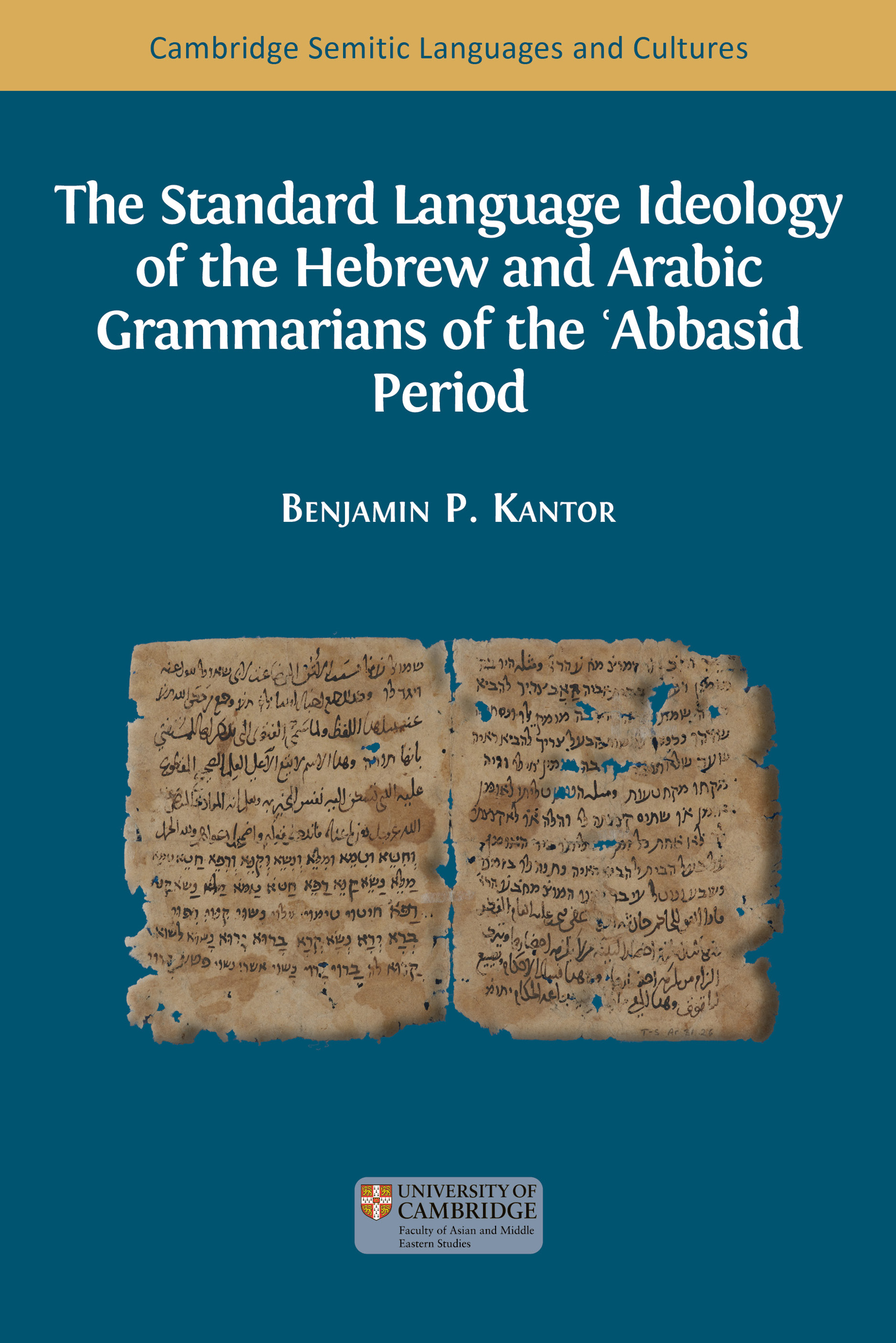

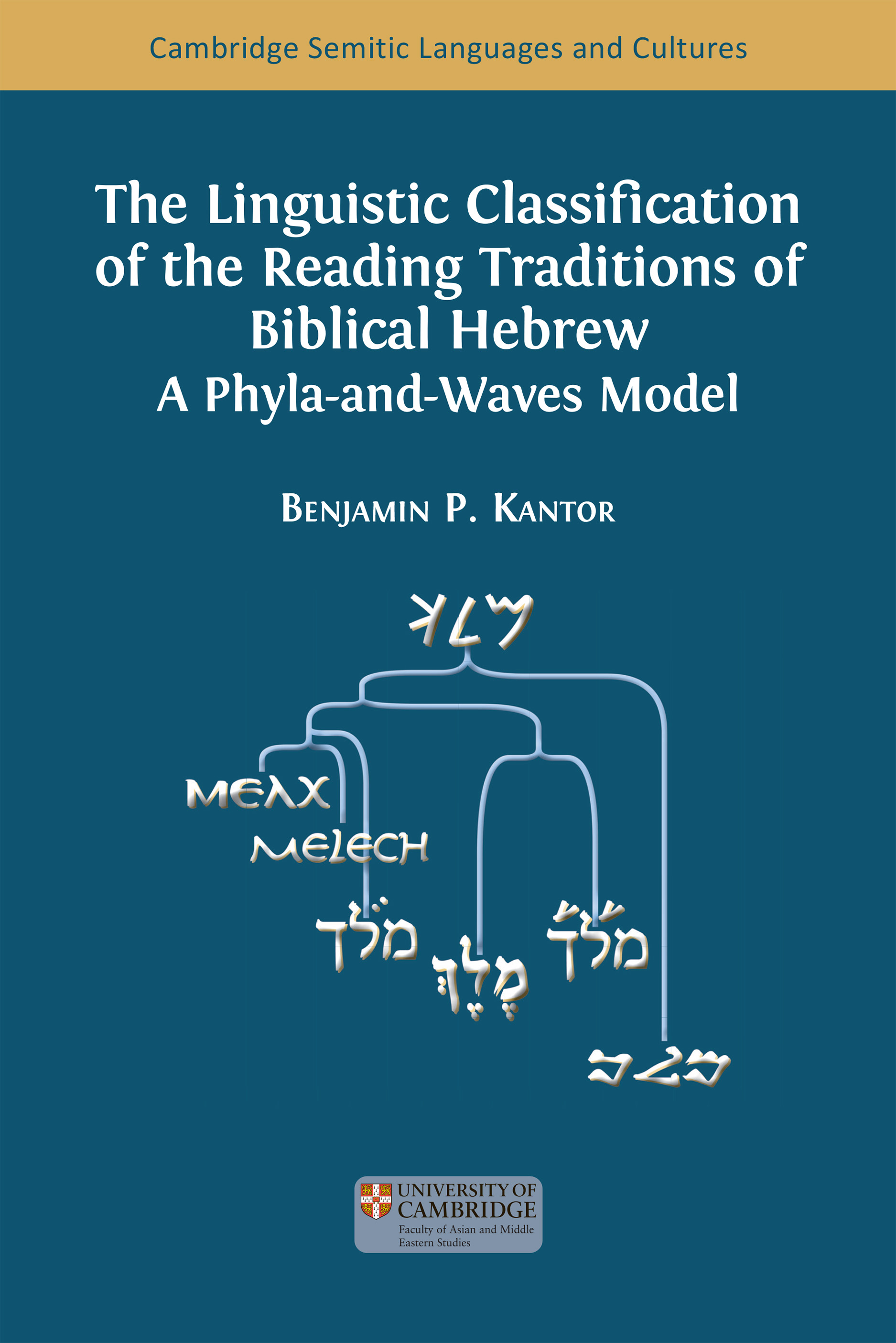
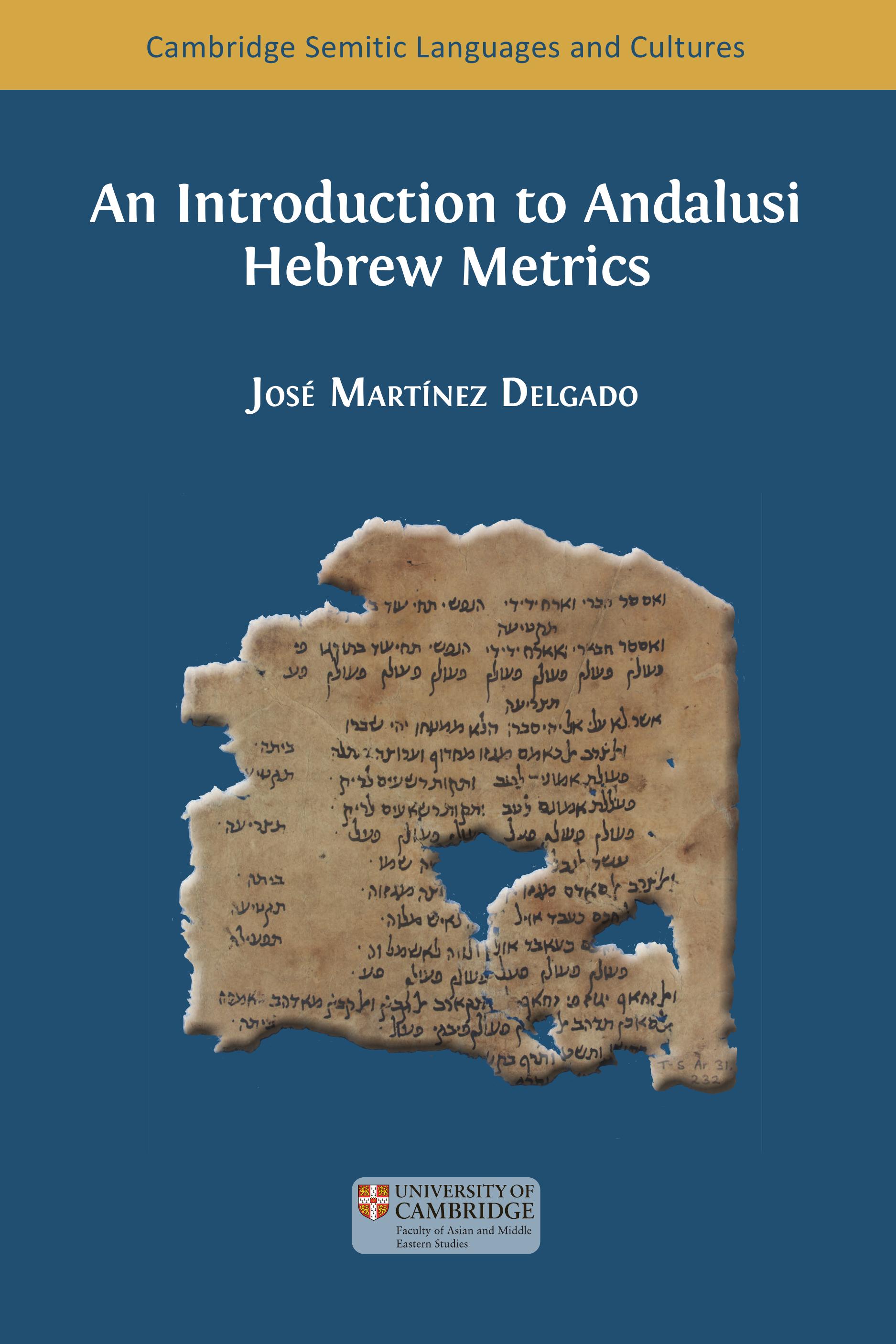
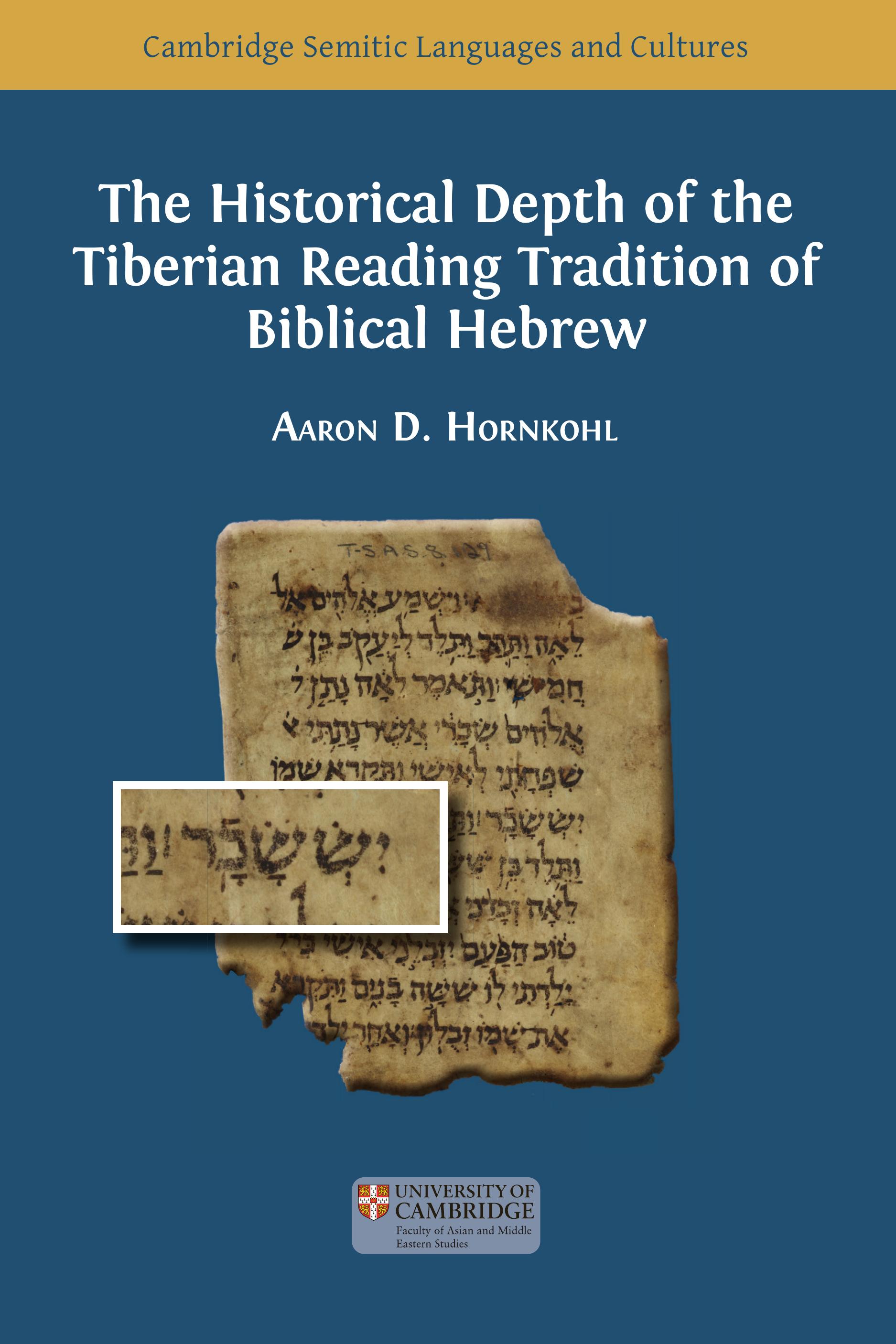
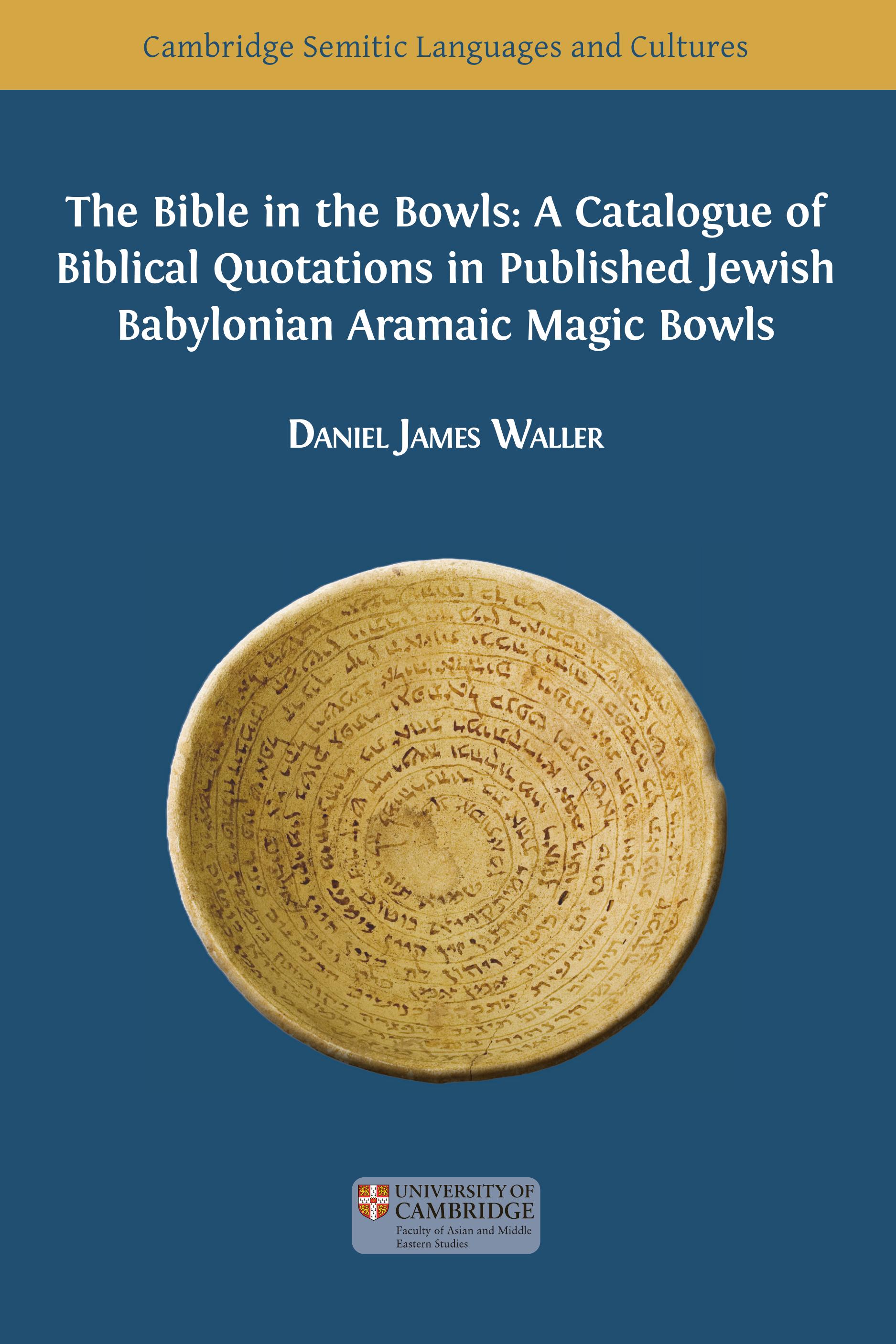
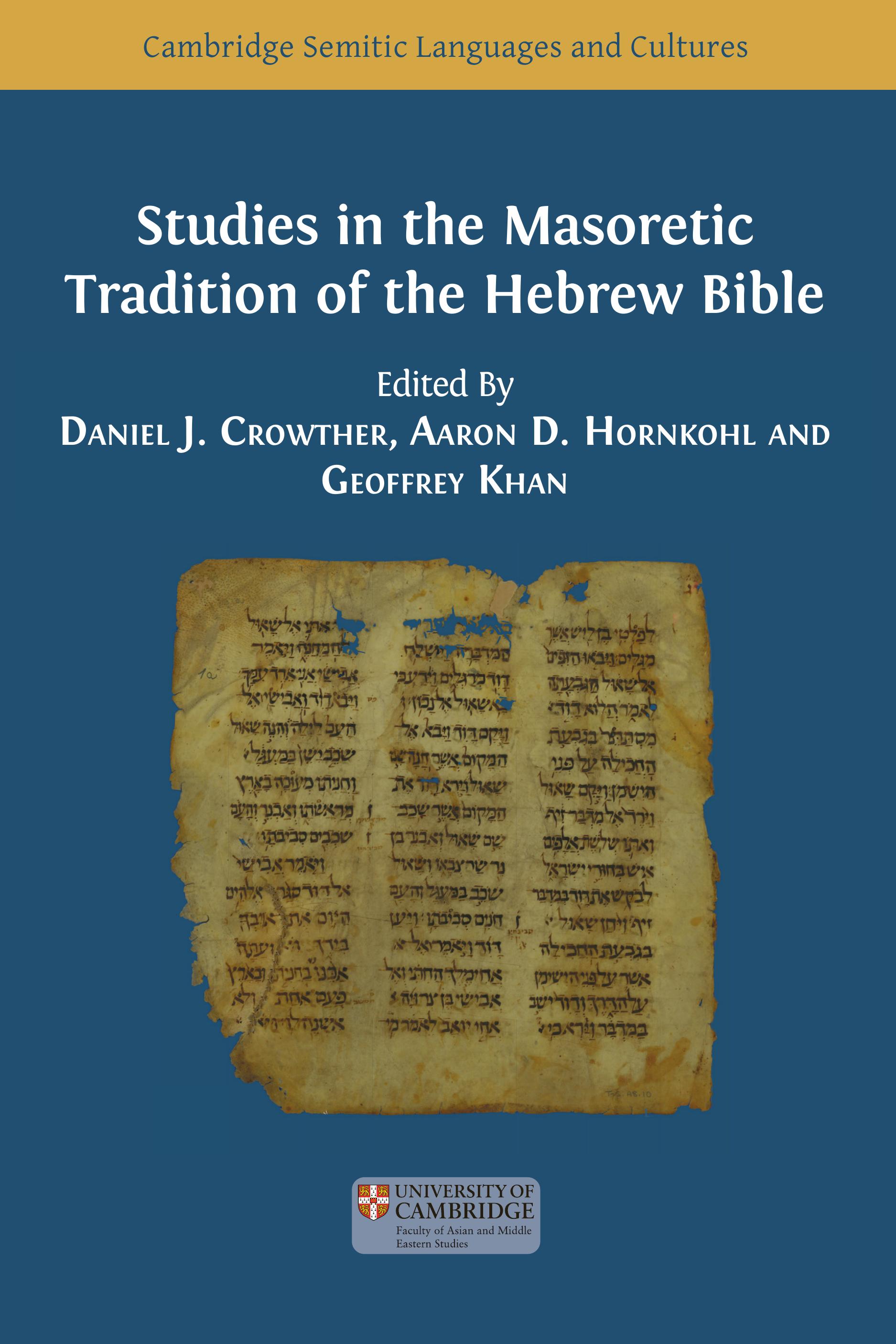
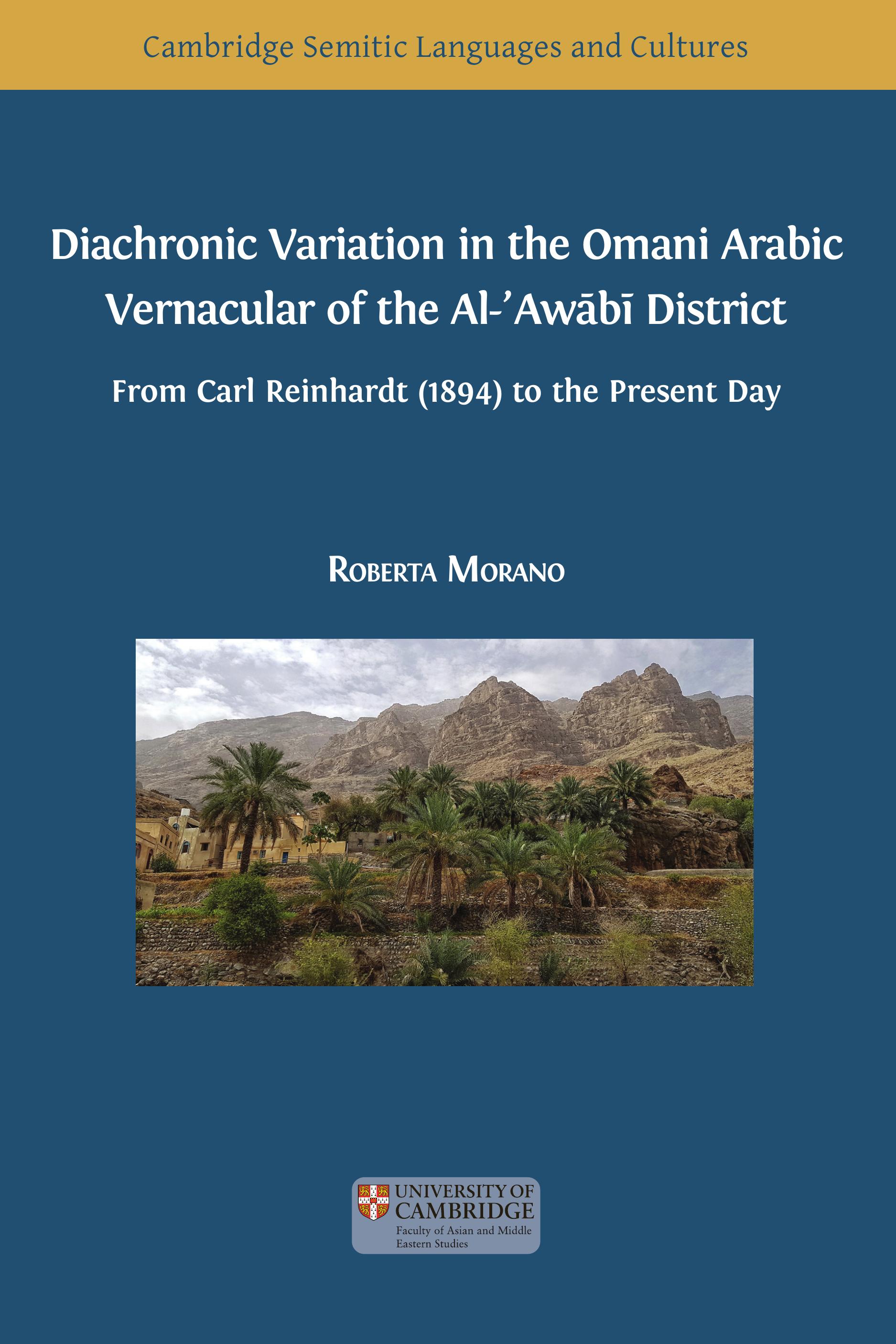
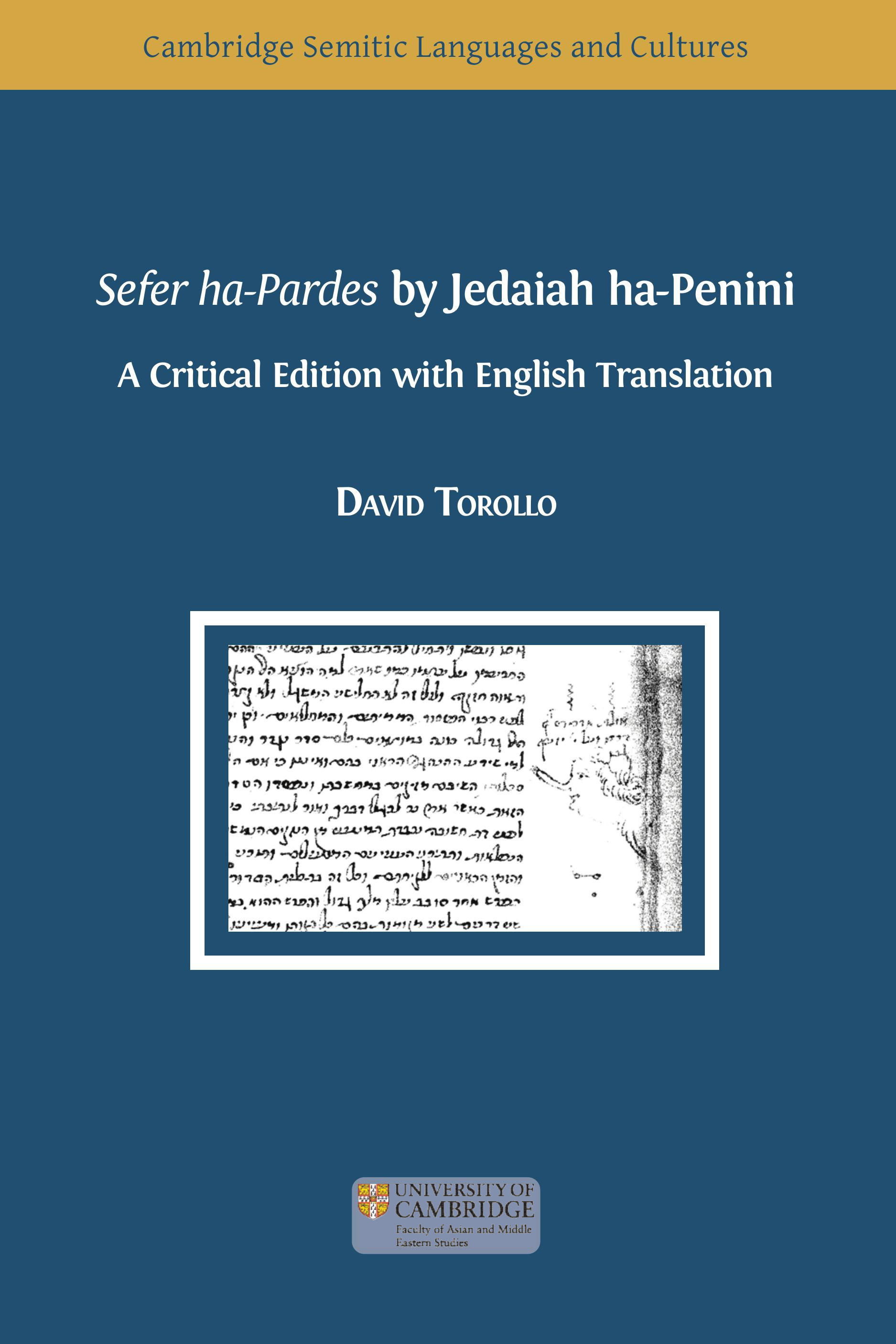

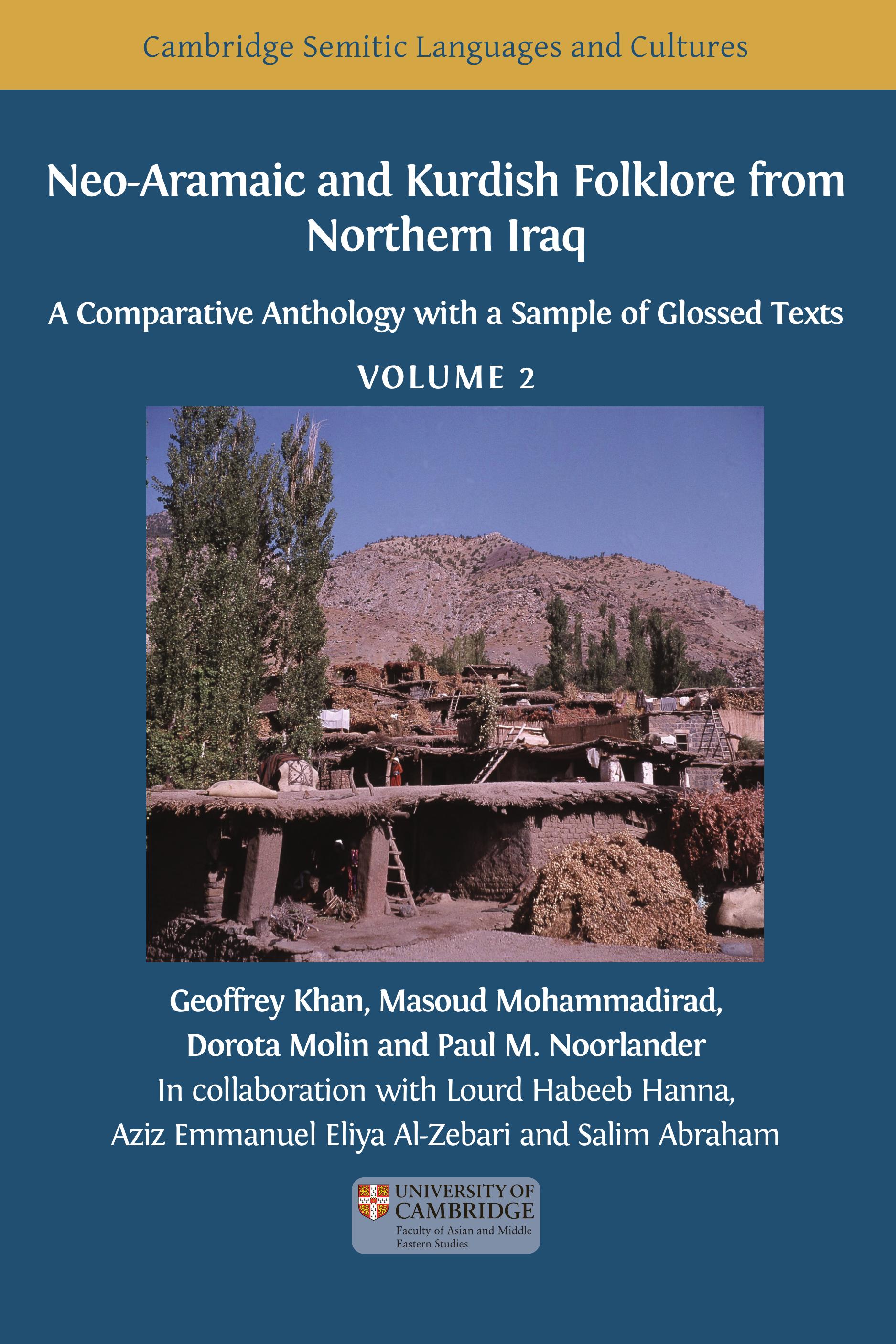
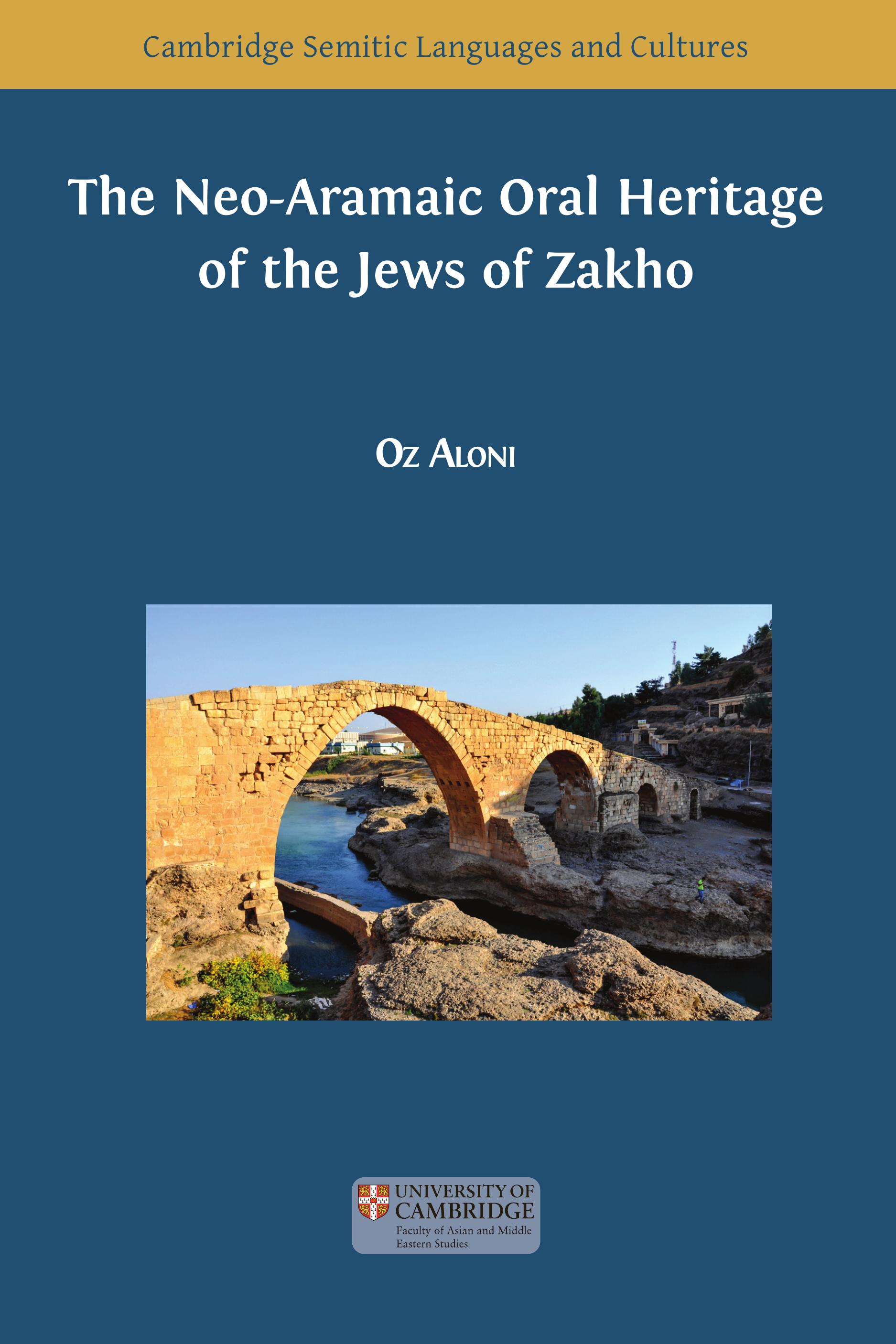
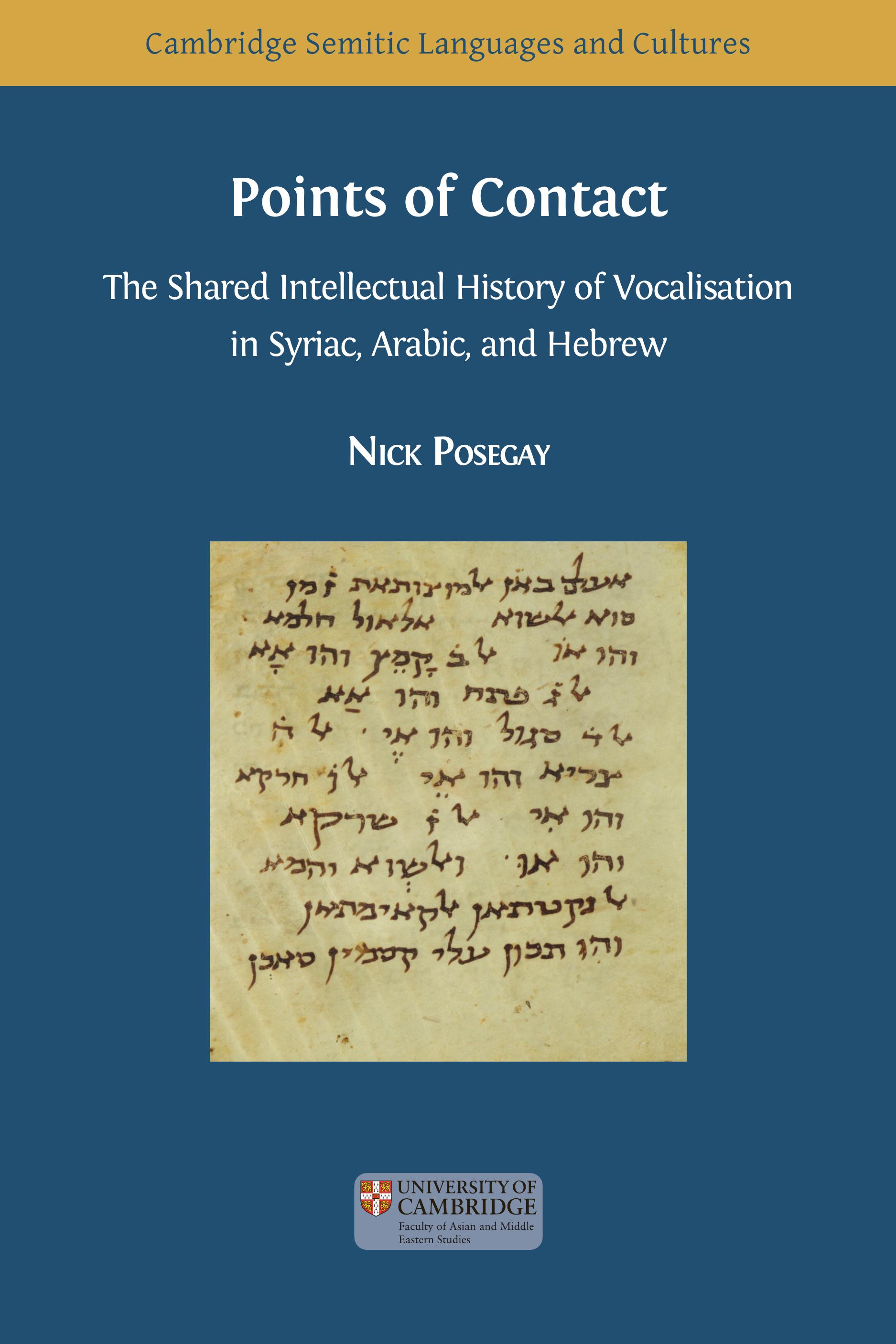

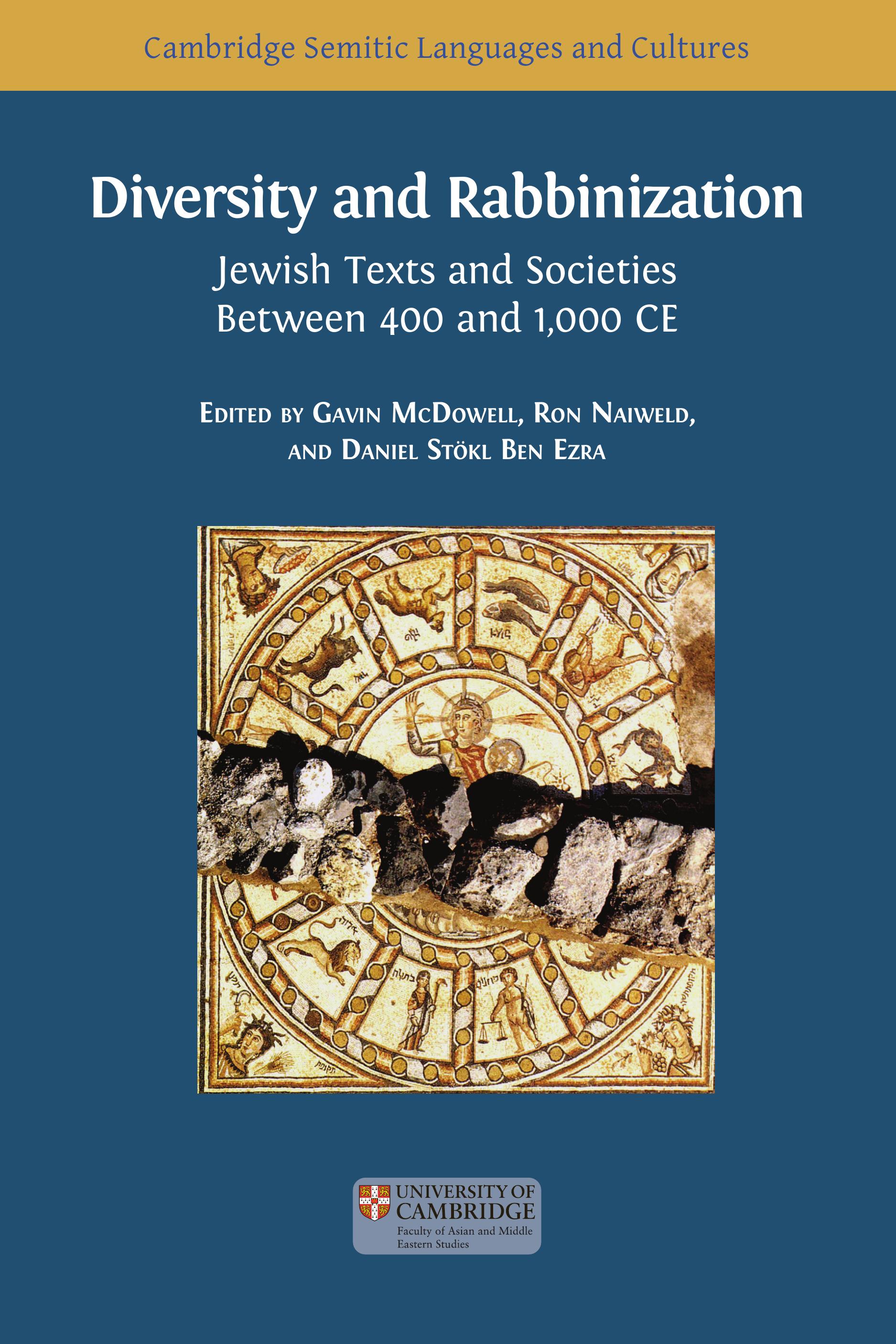
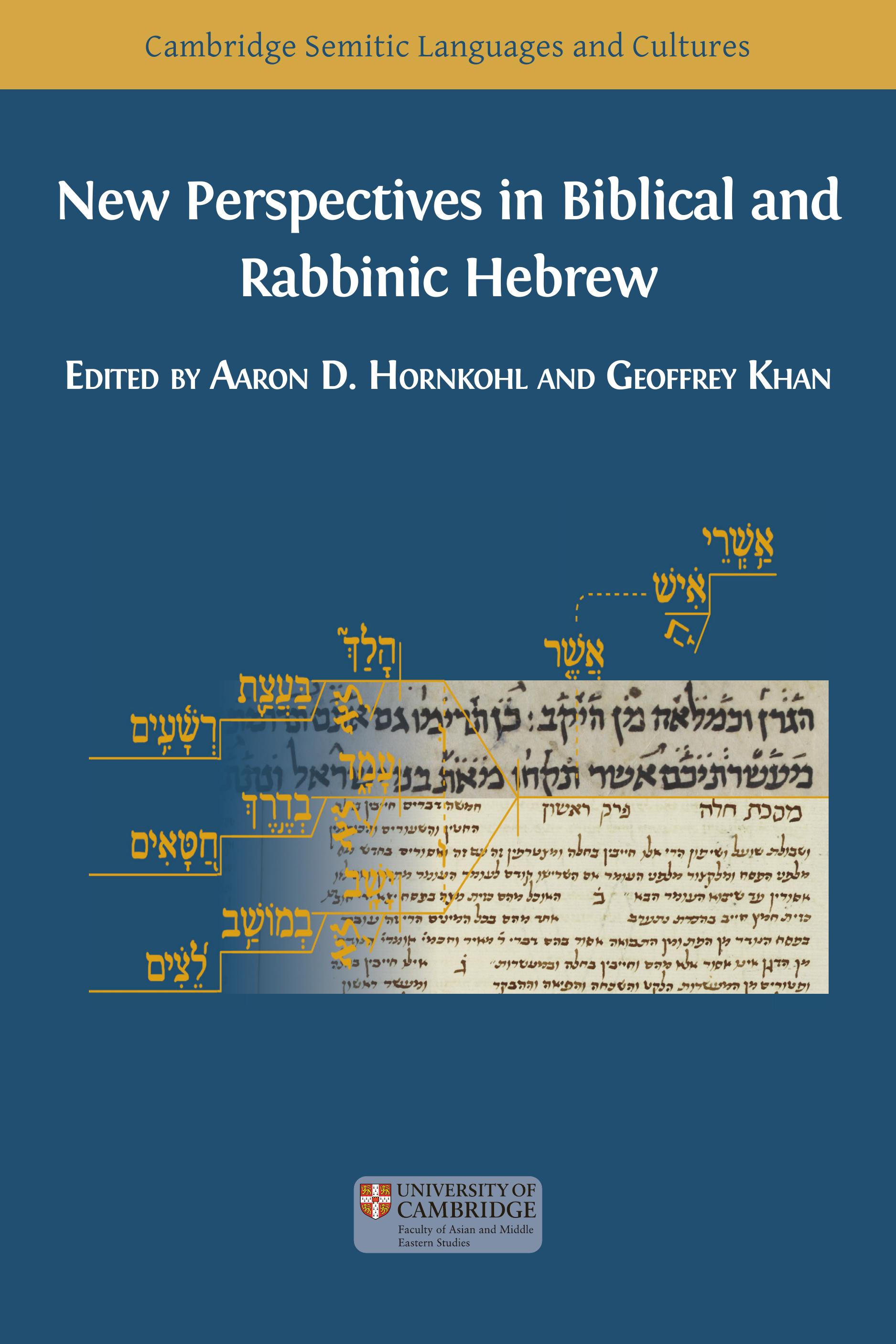
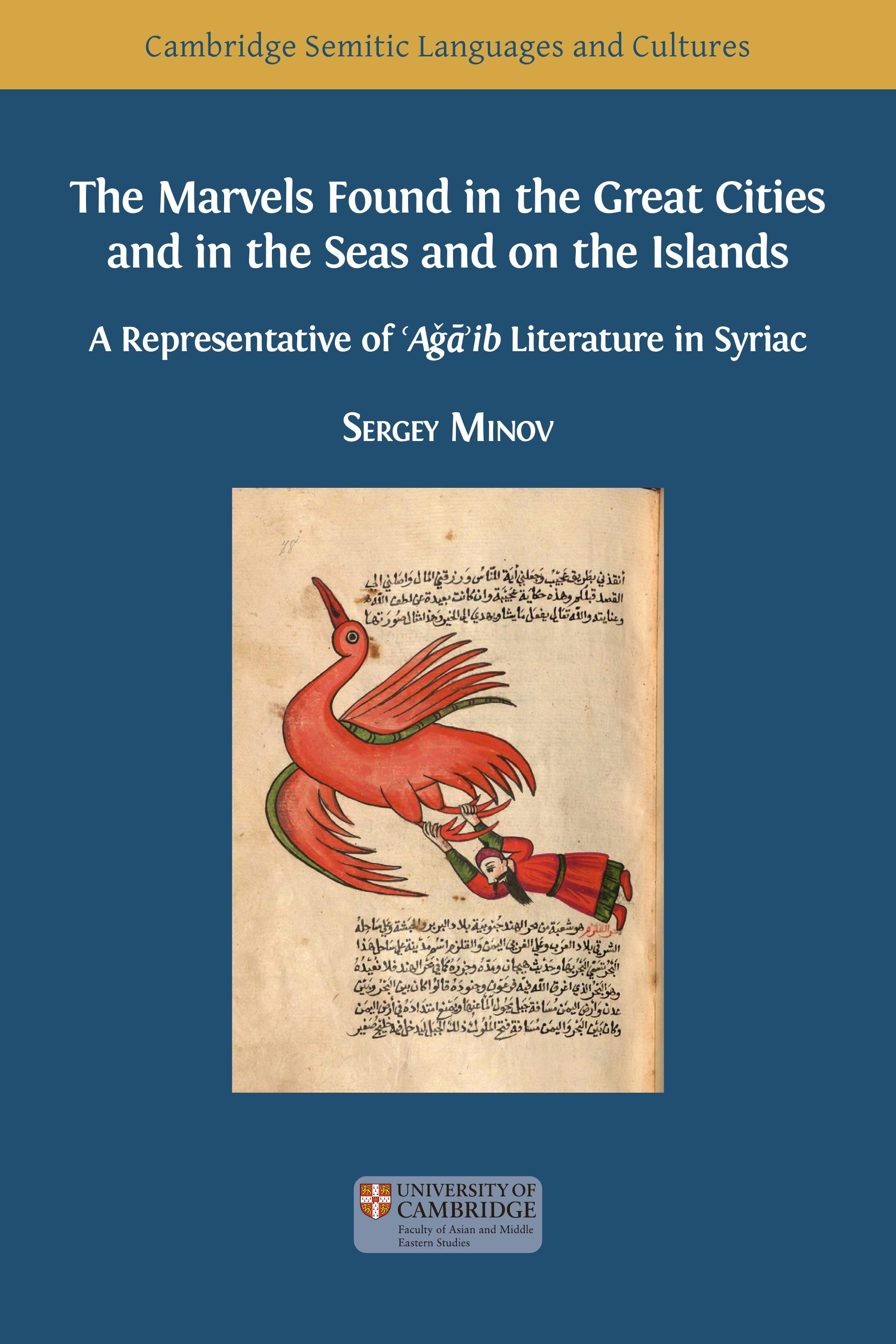
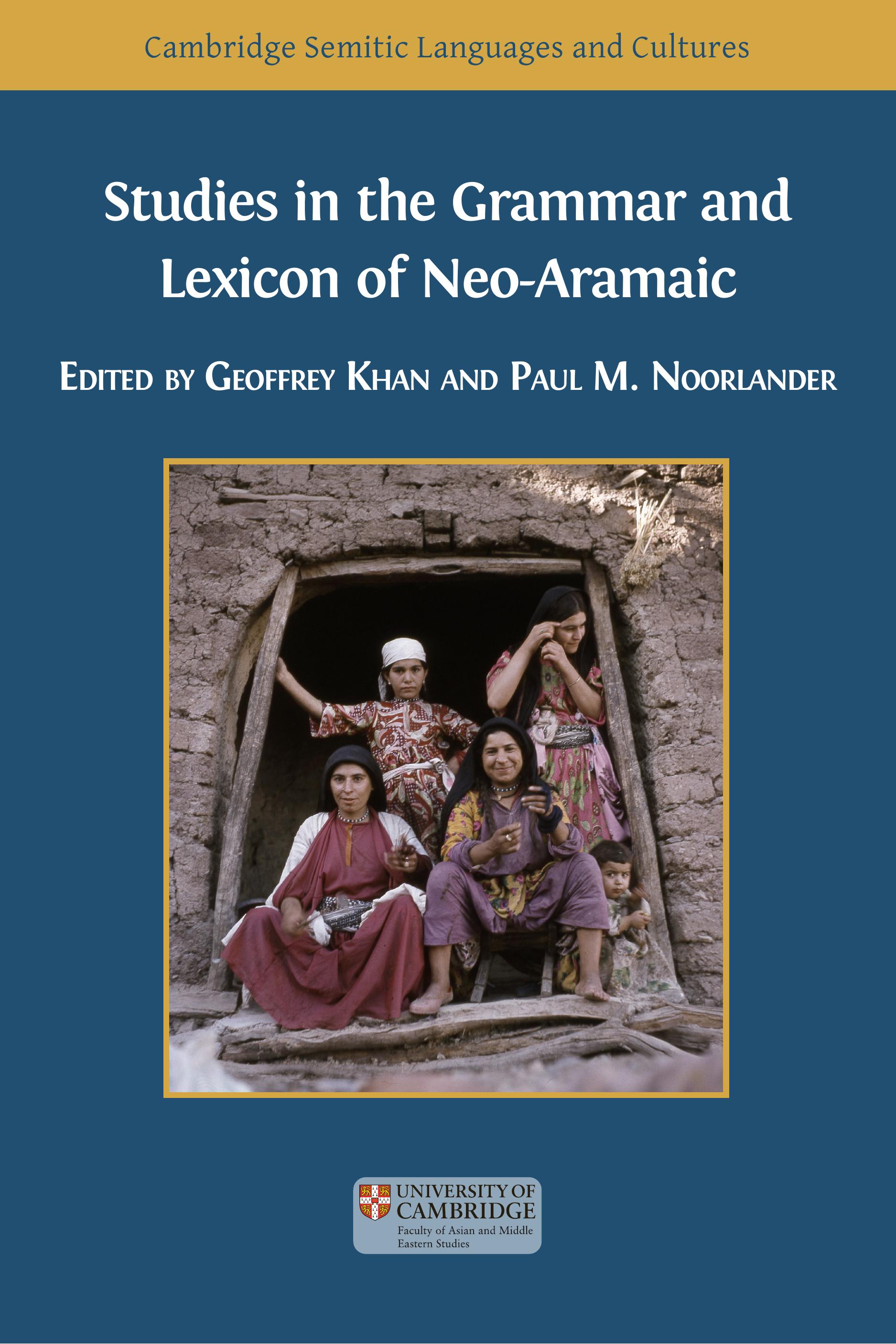
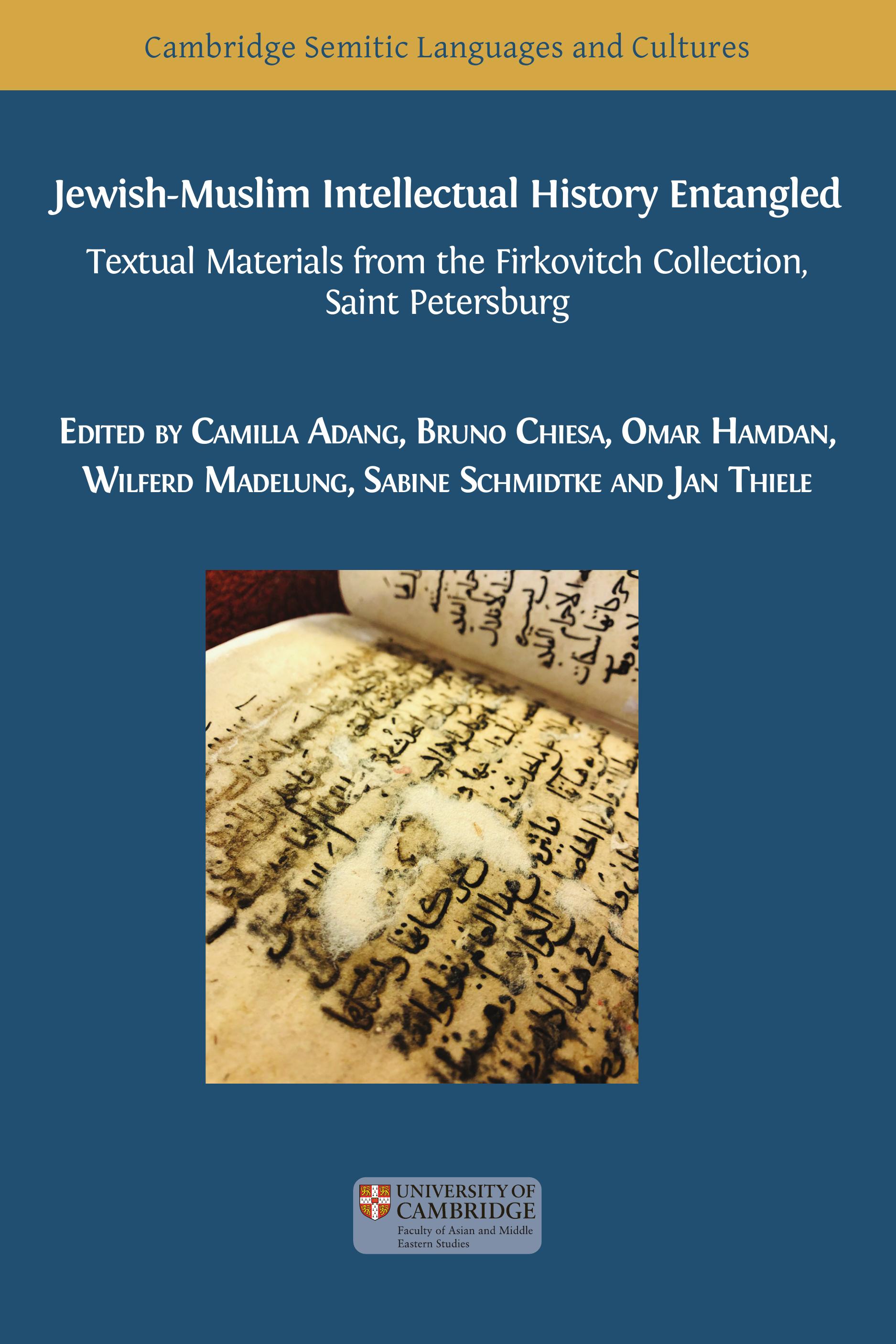
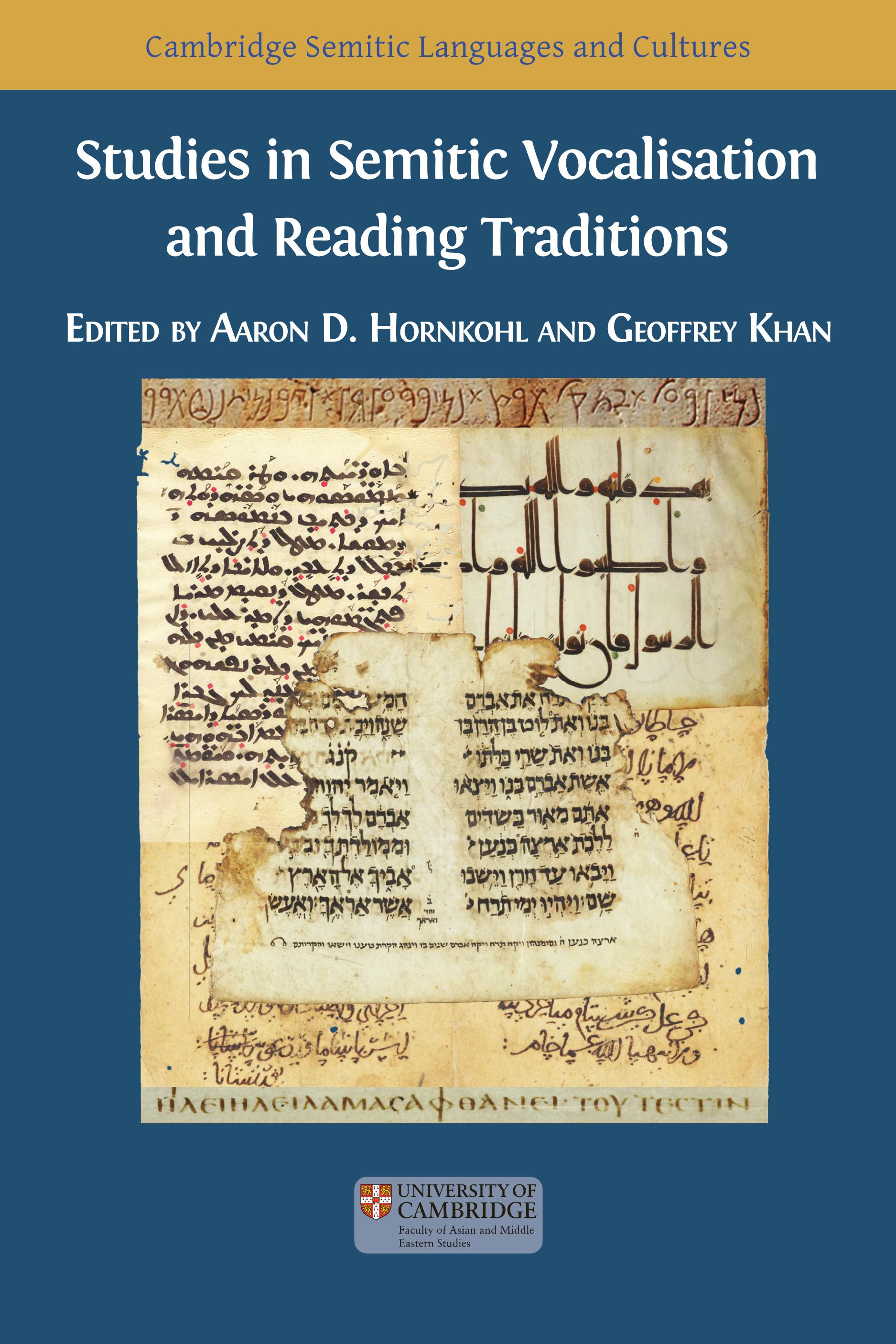









 Stumble It!
Stumble It!

No comments:
Post a Comment